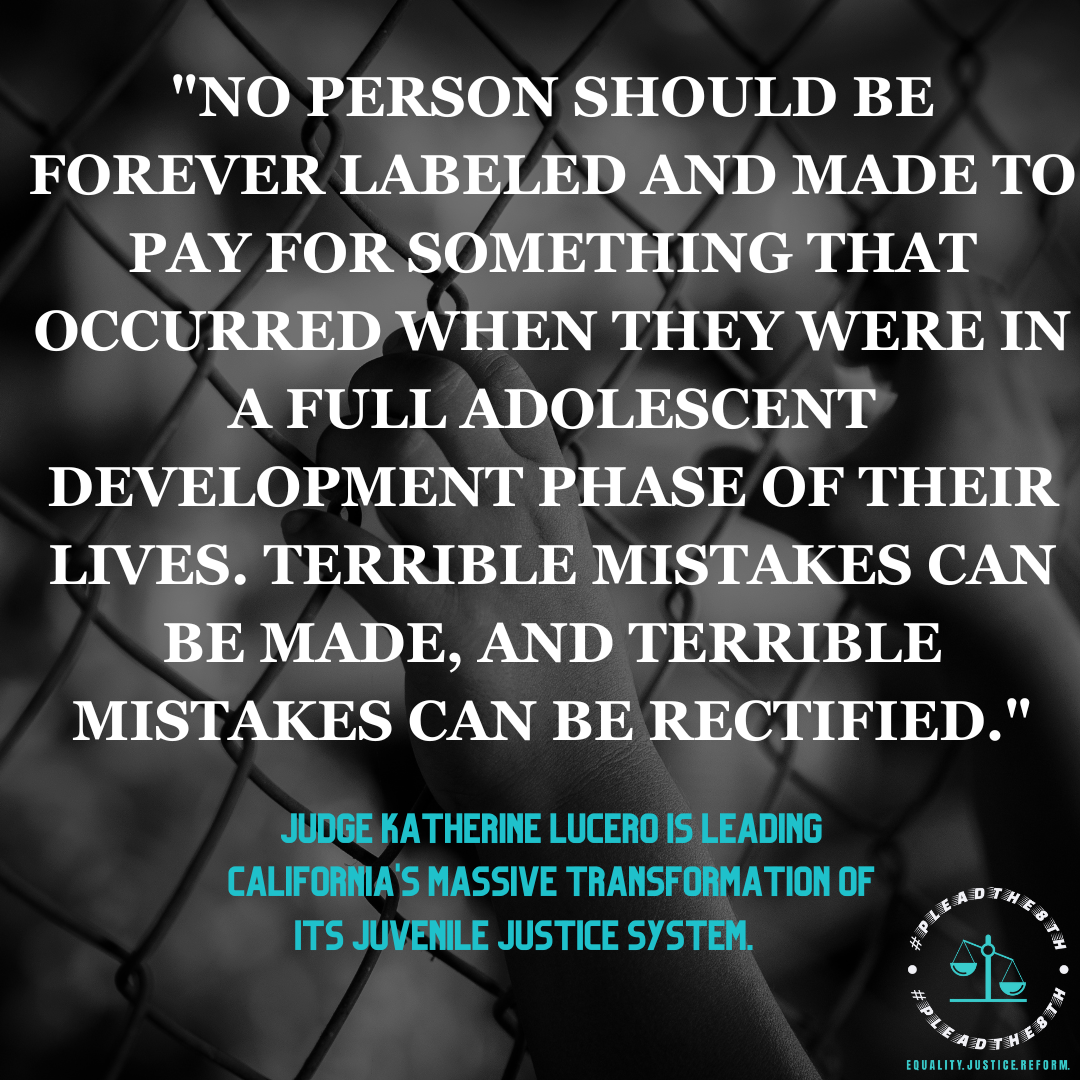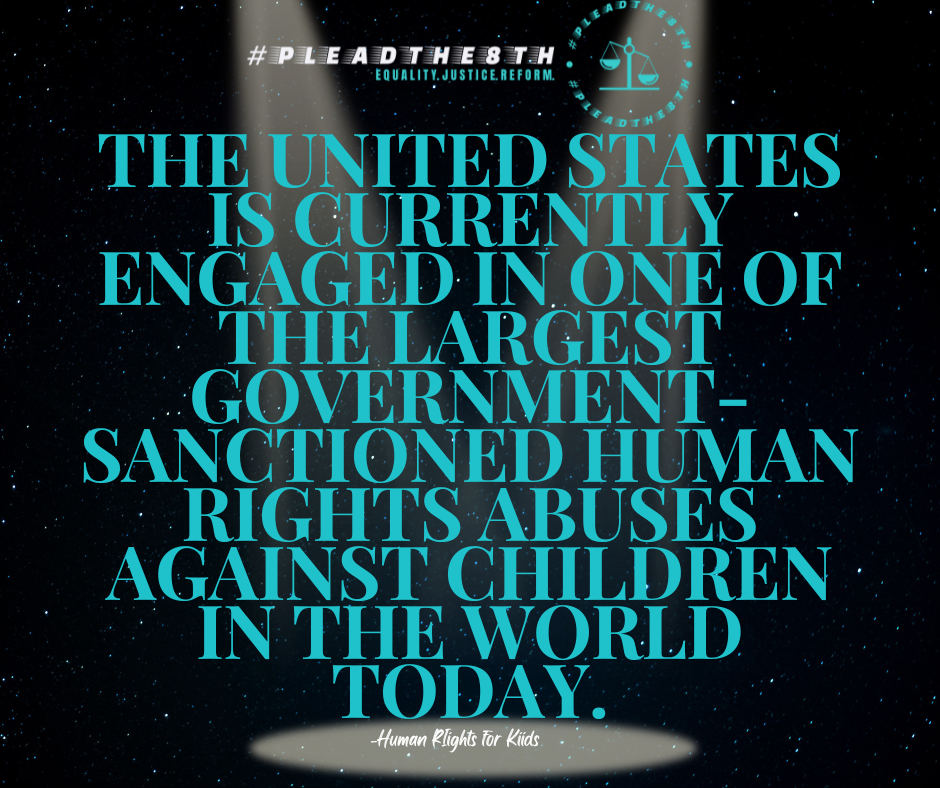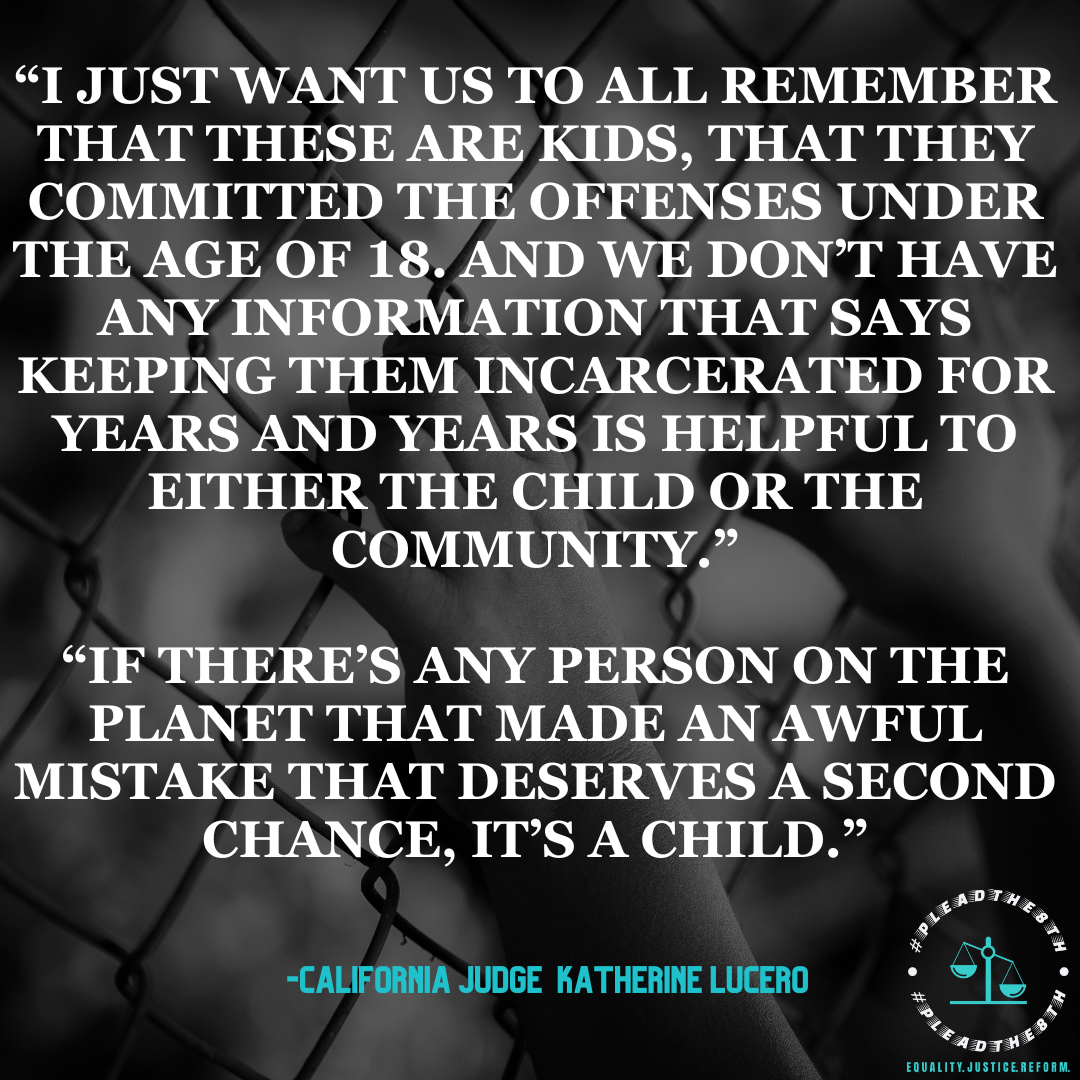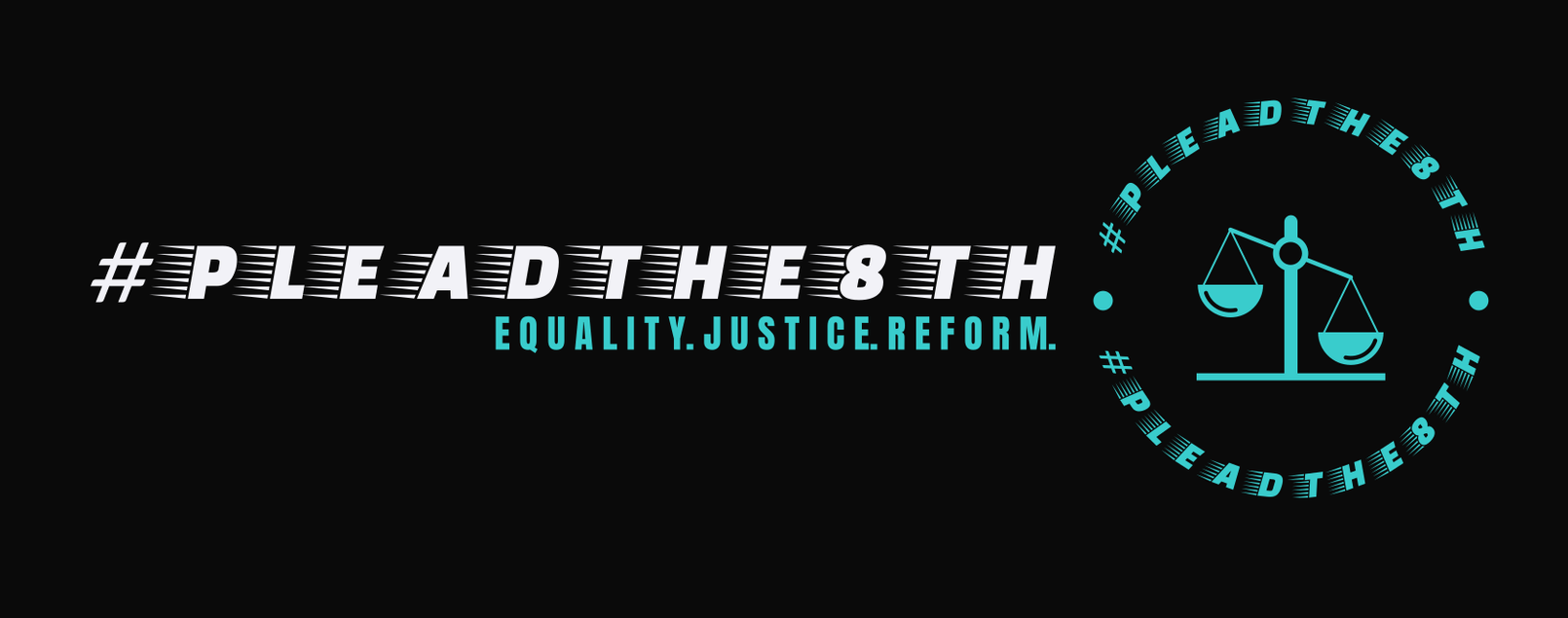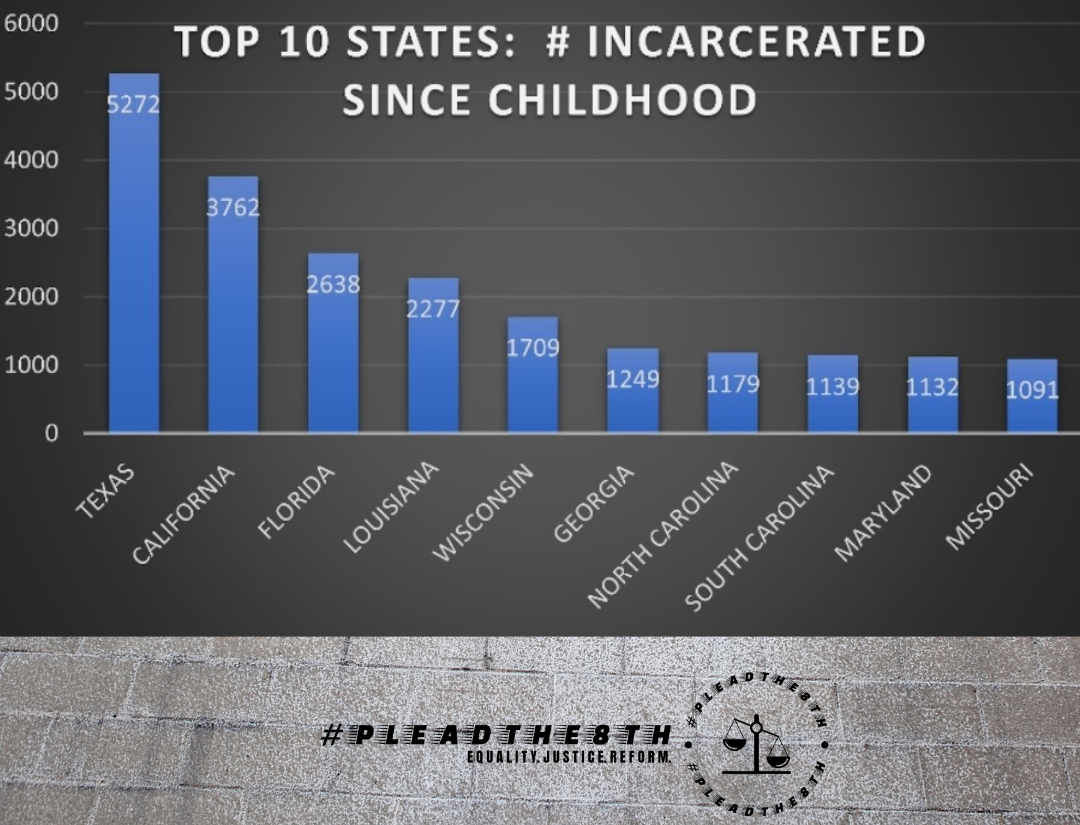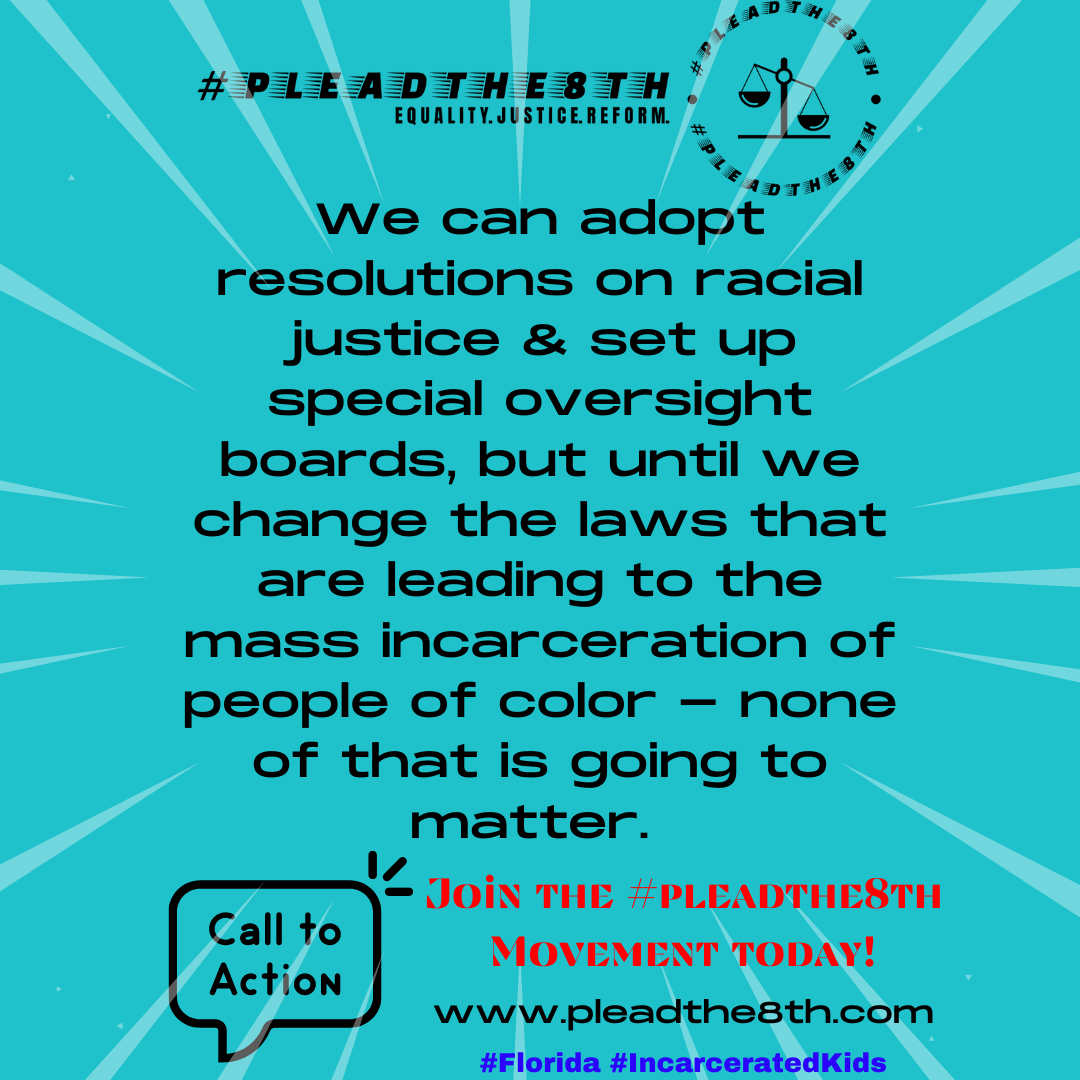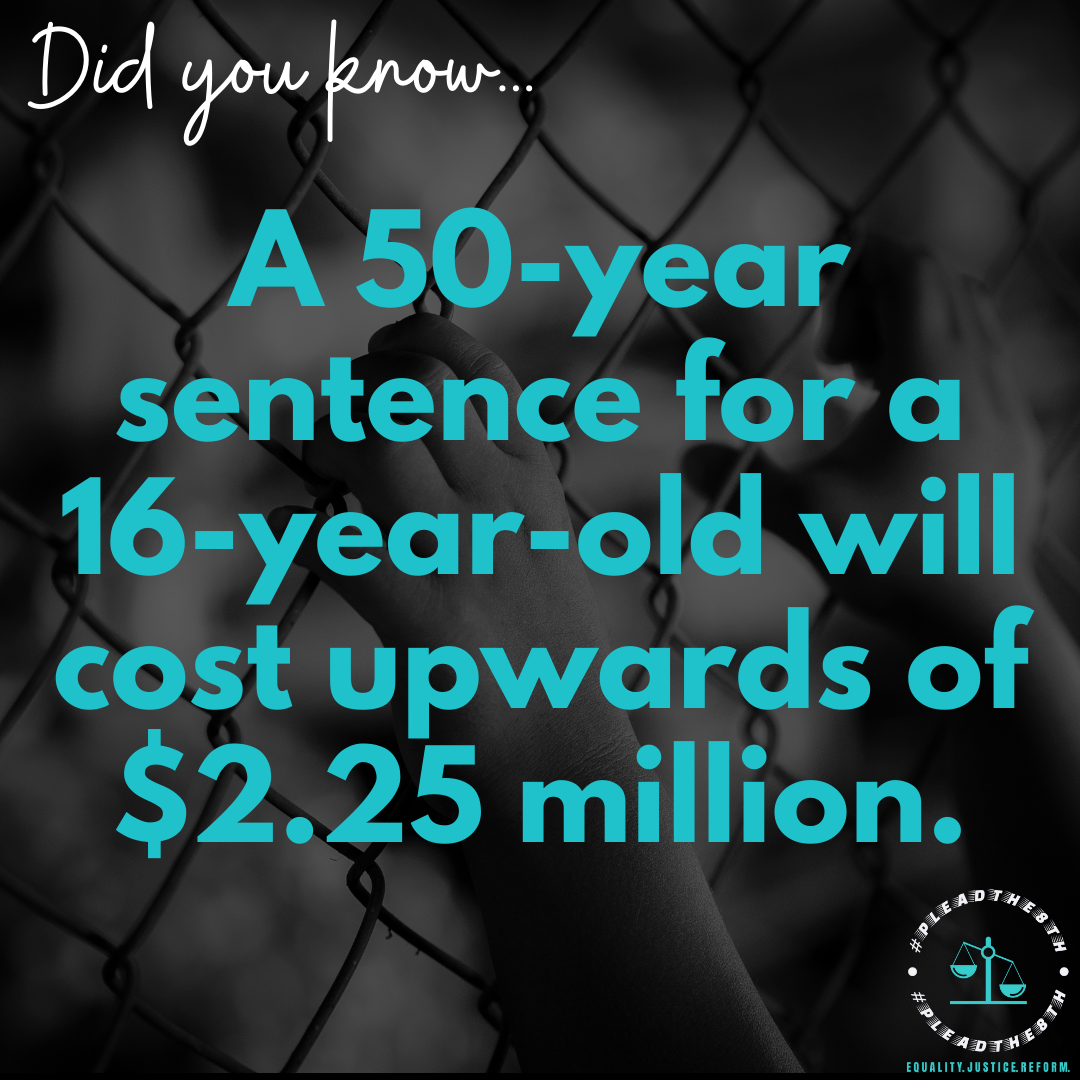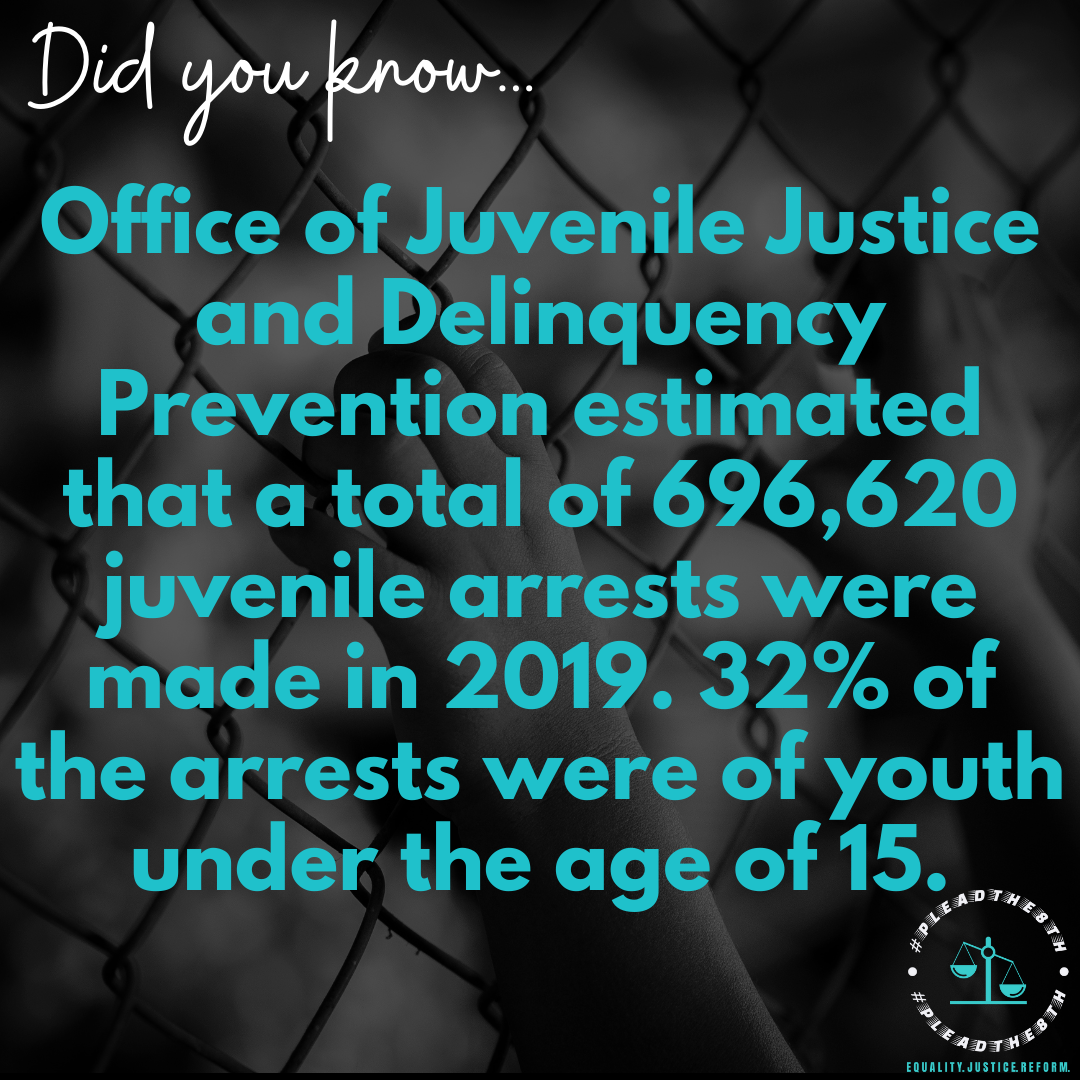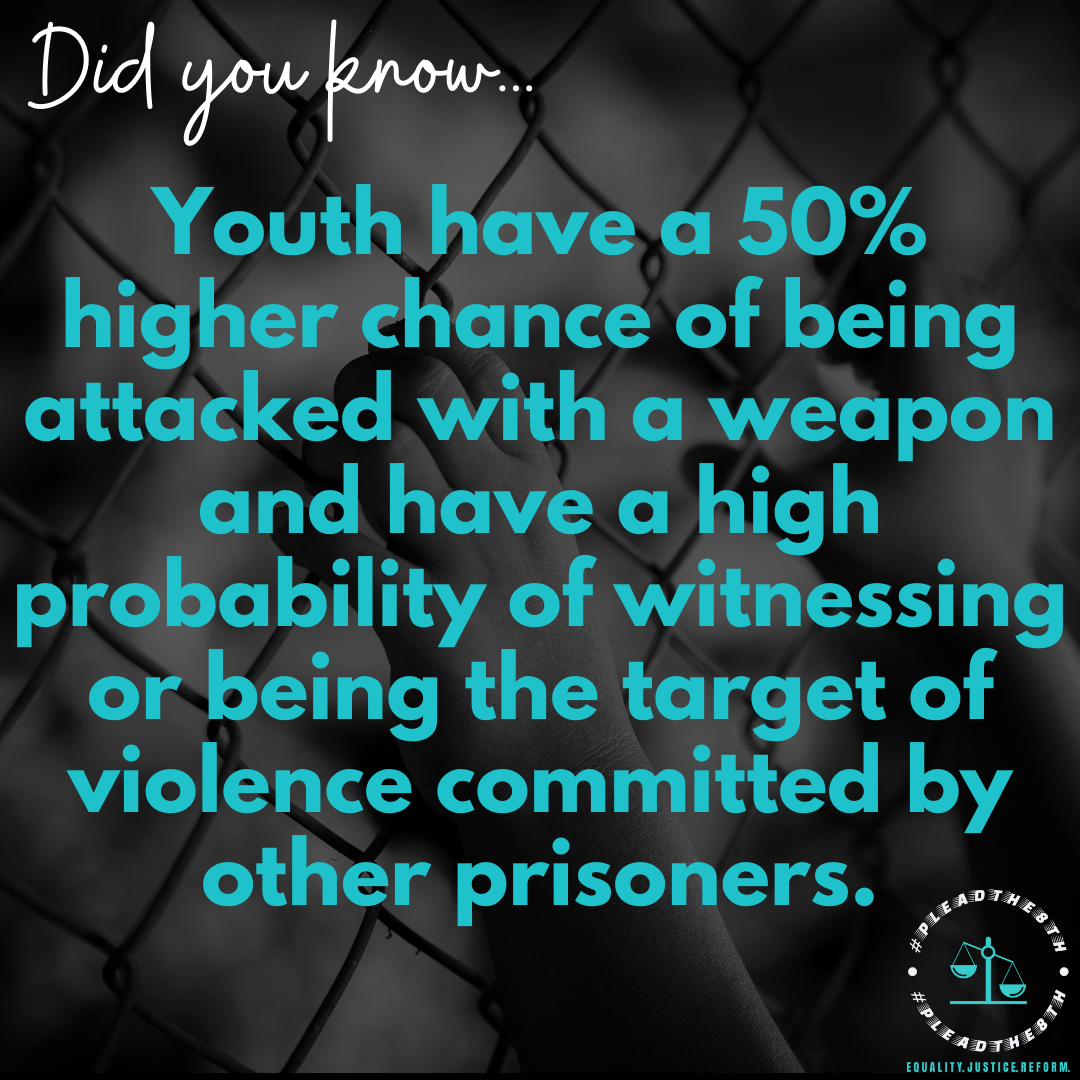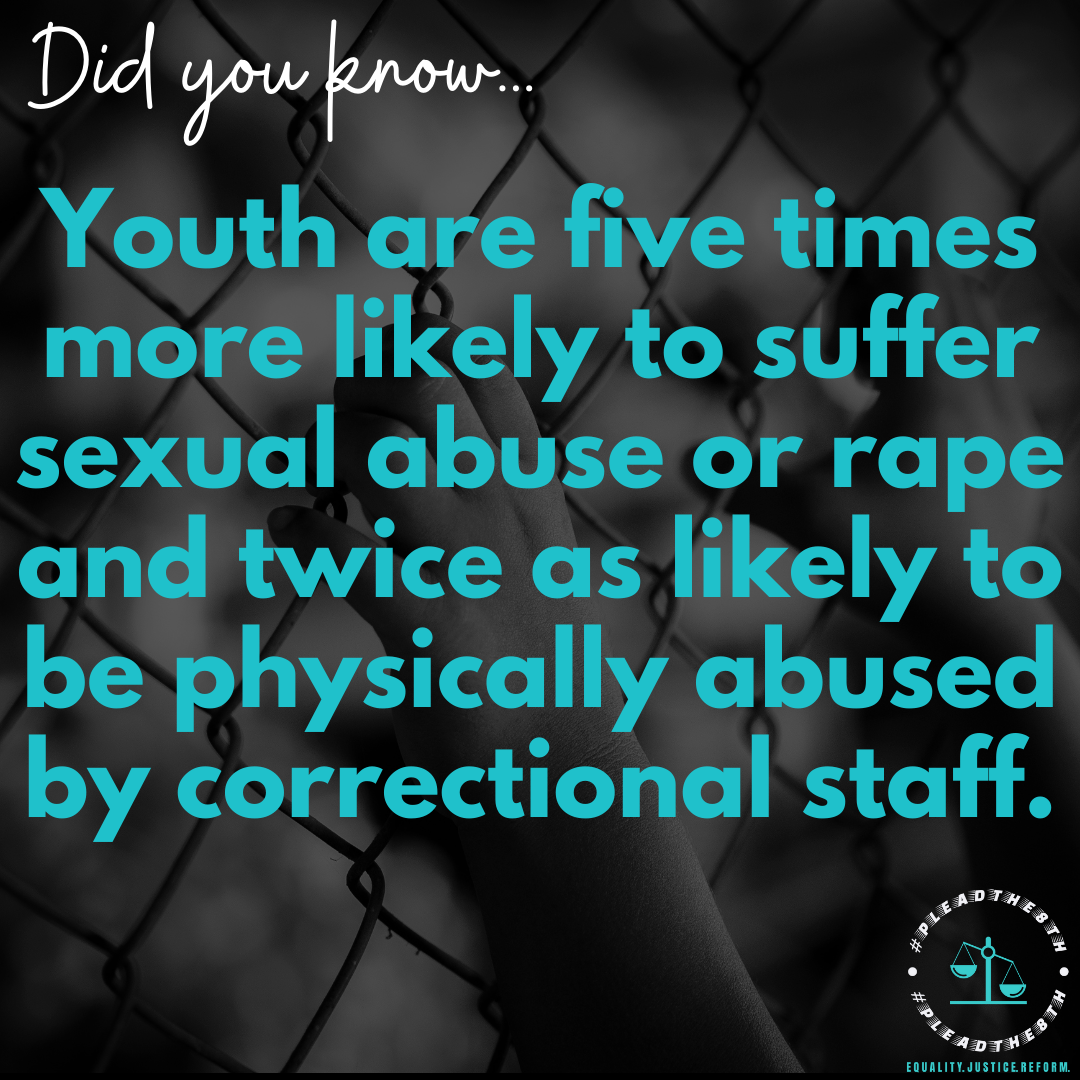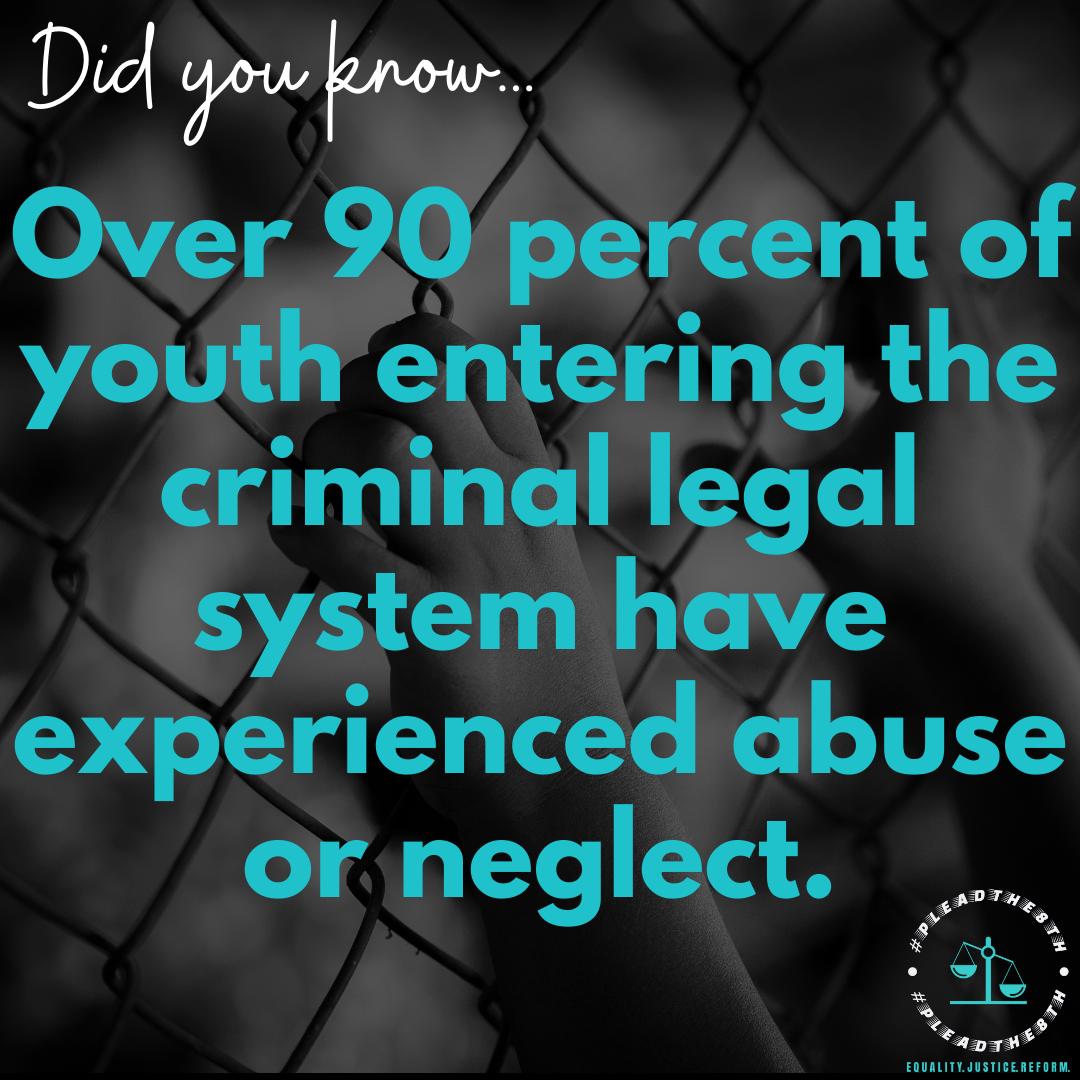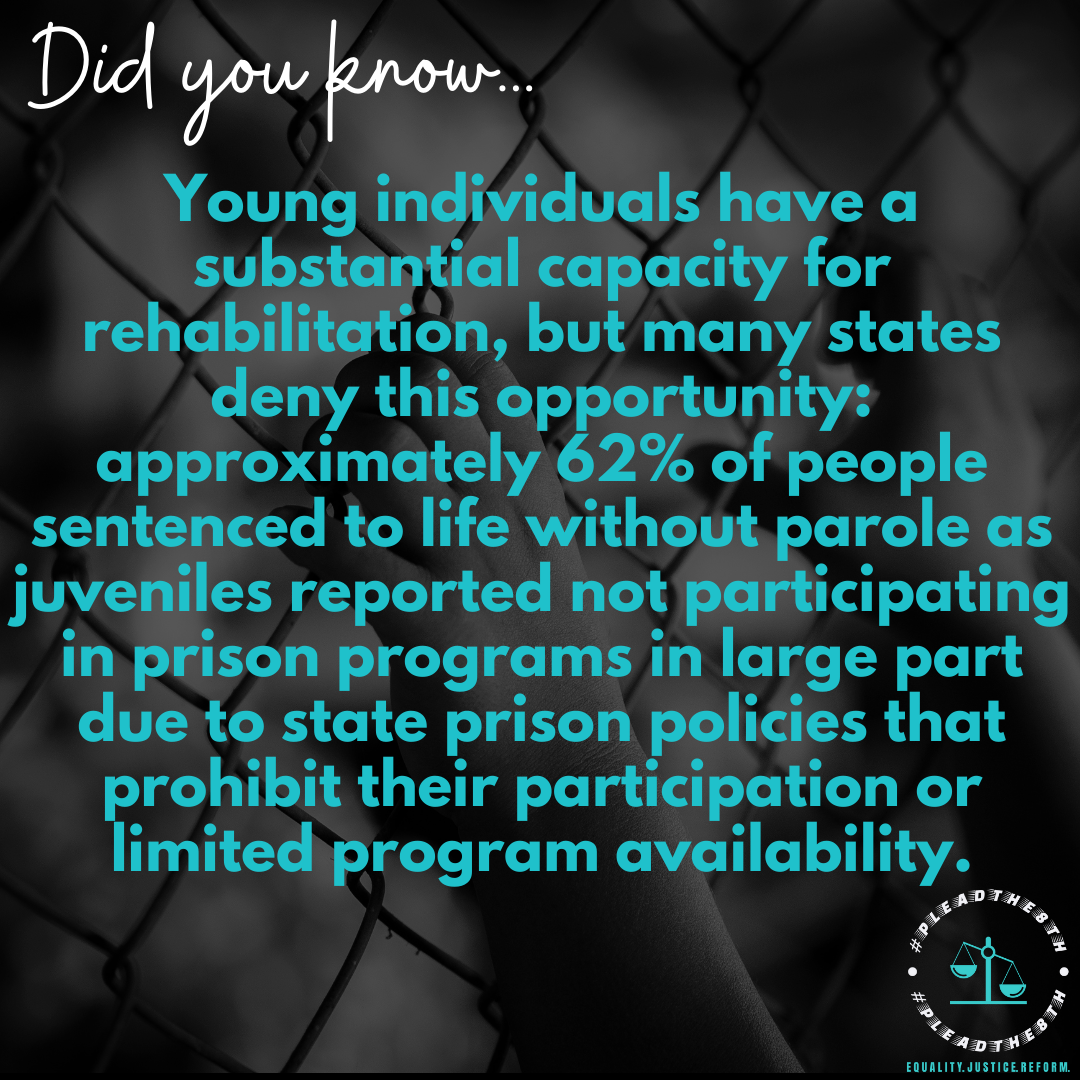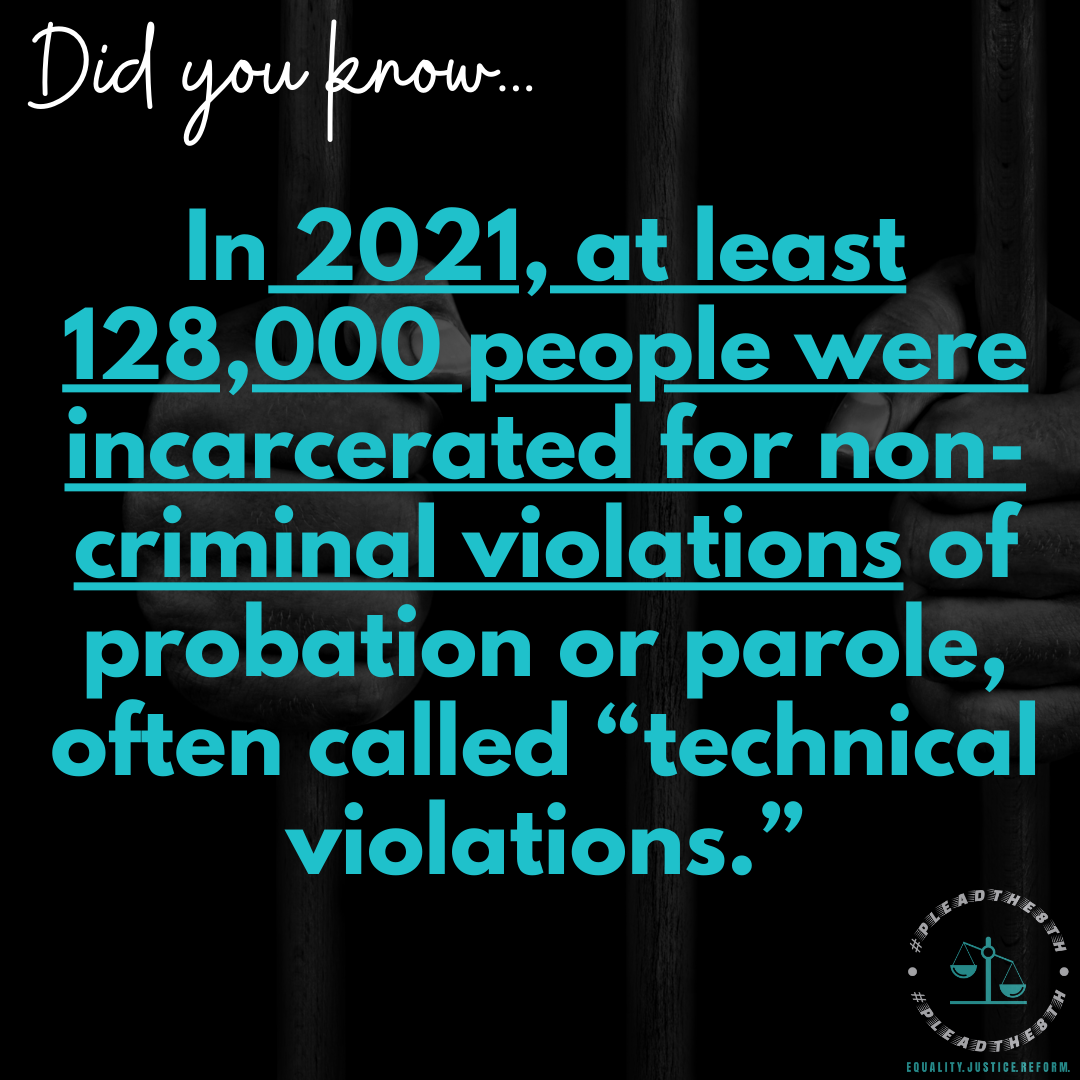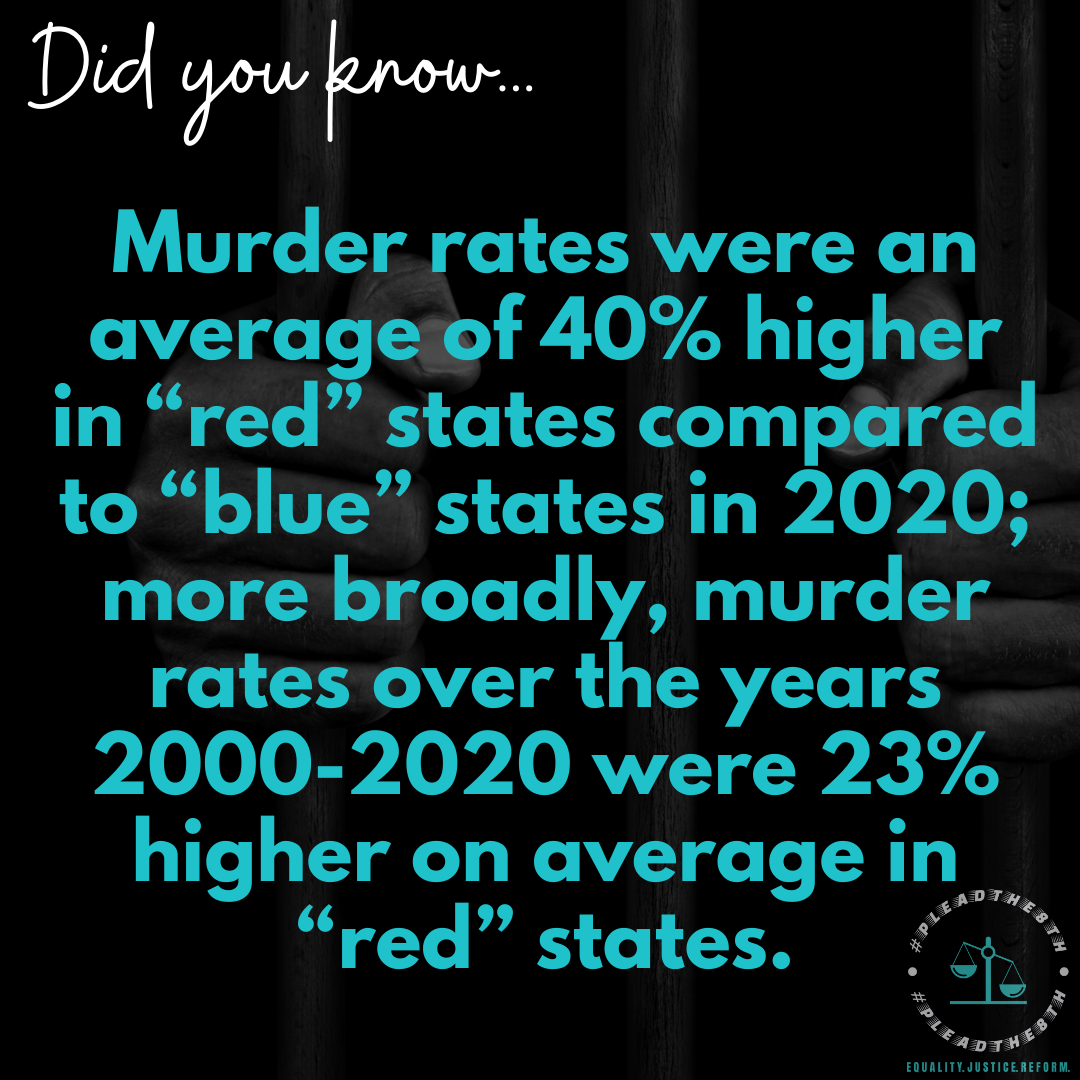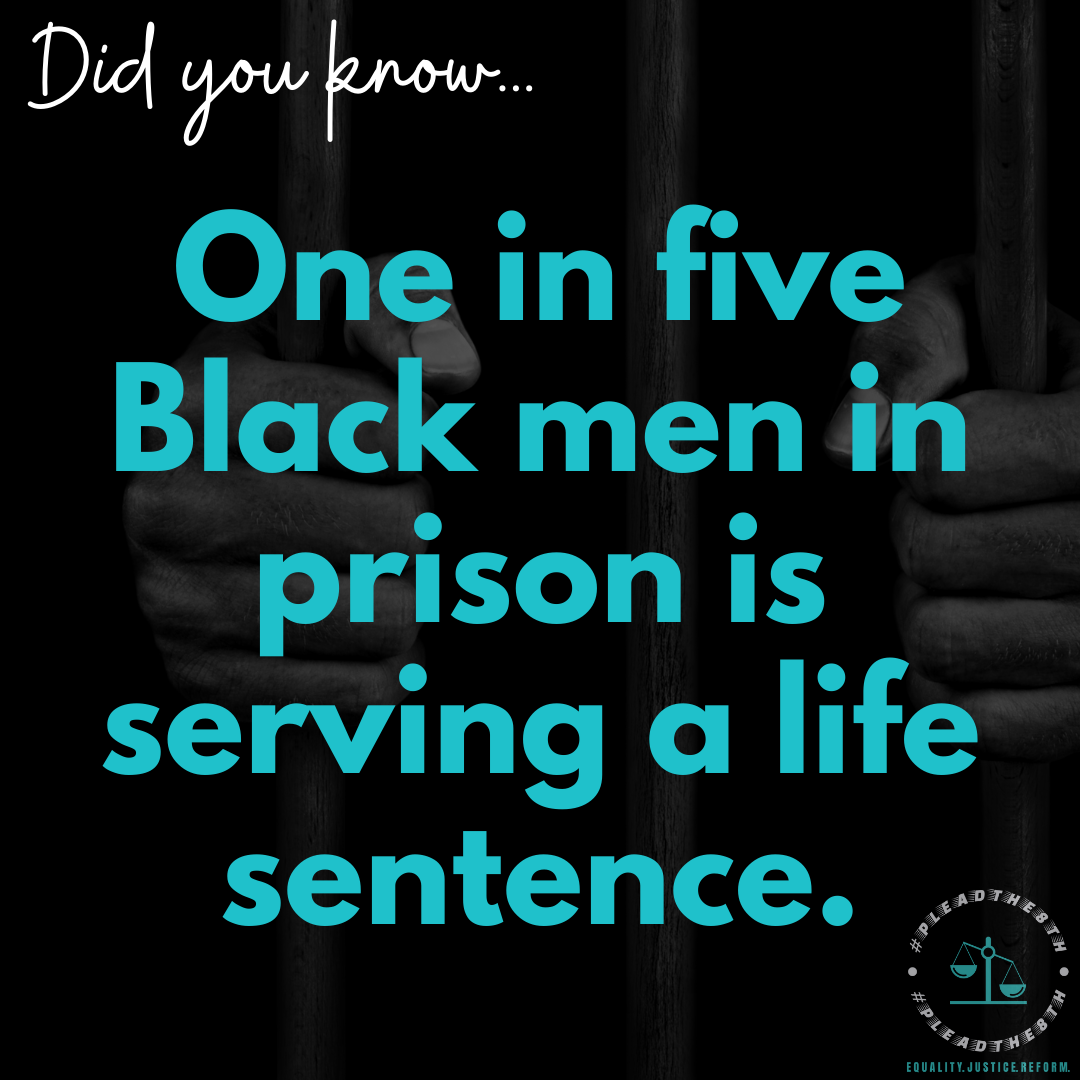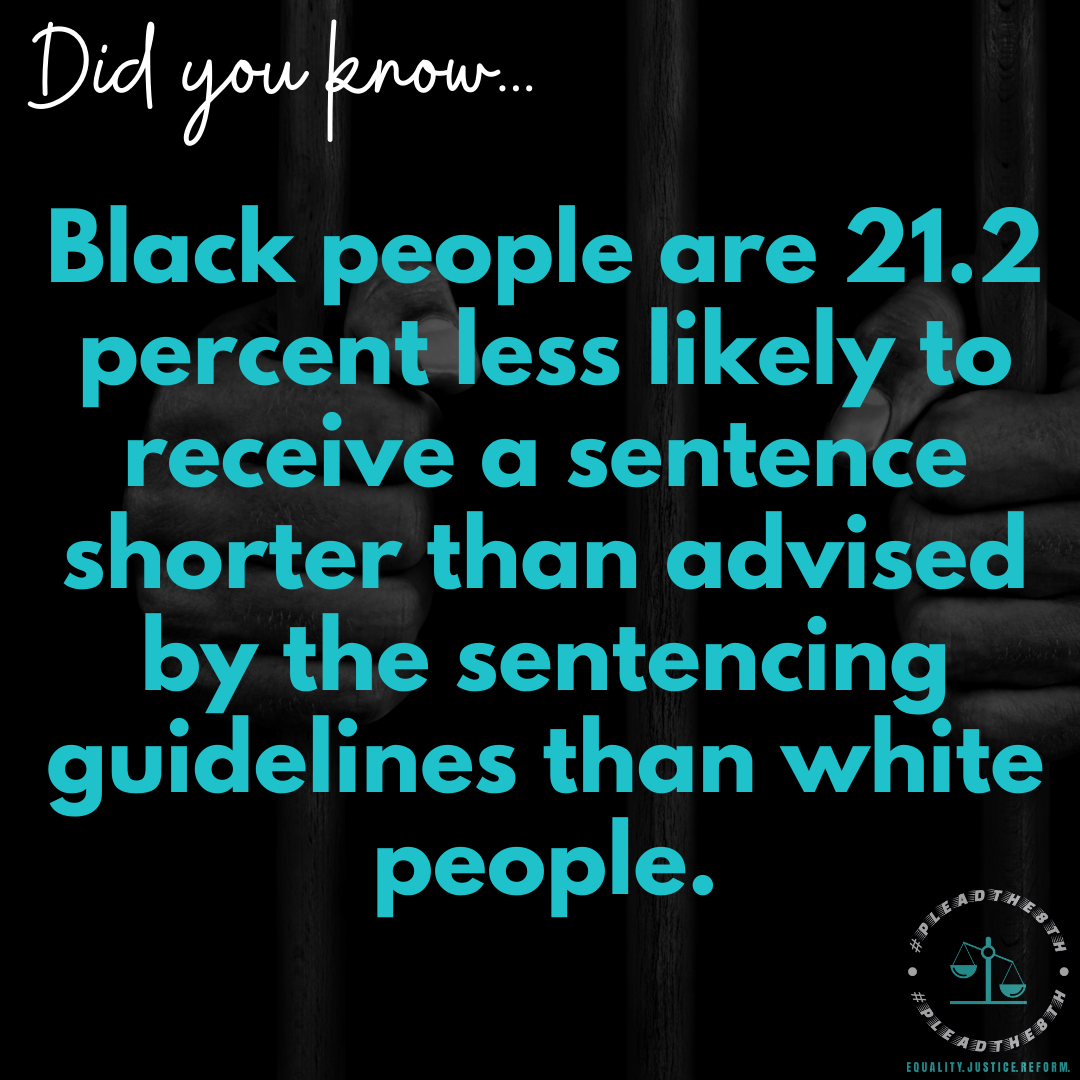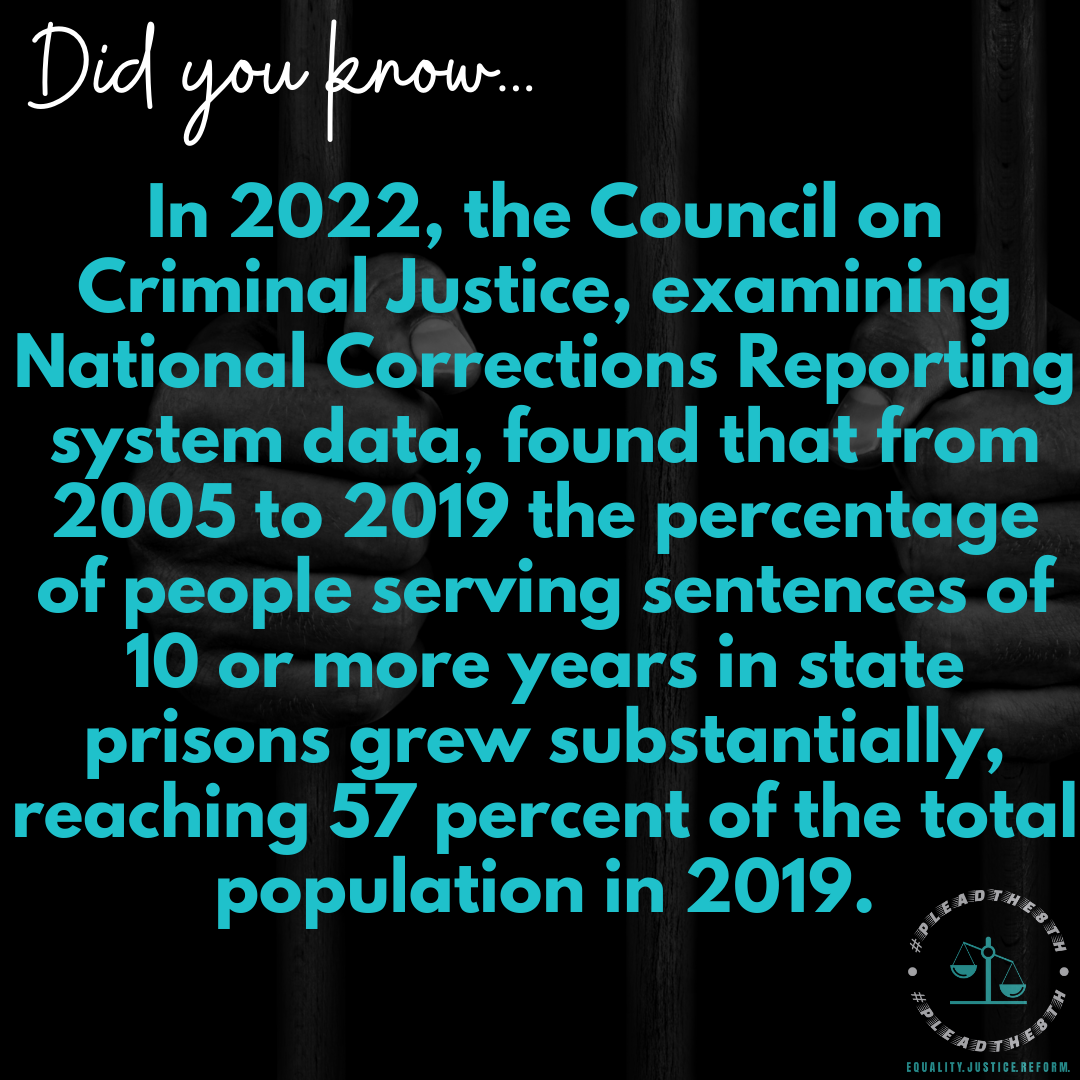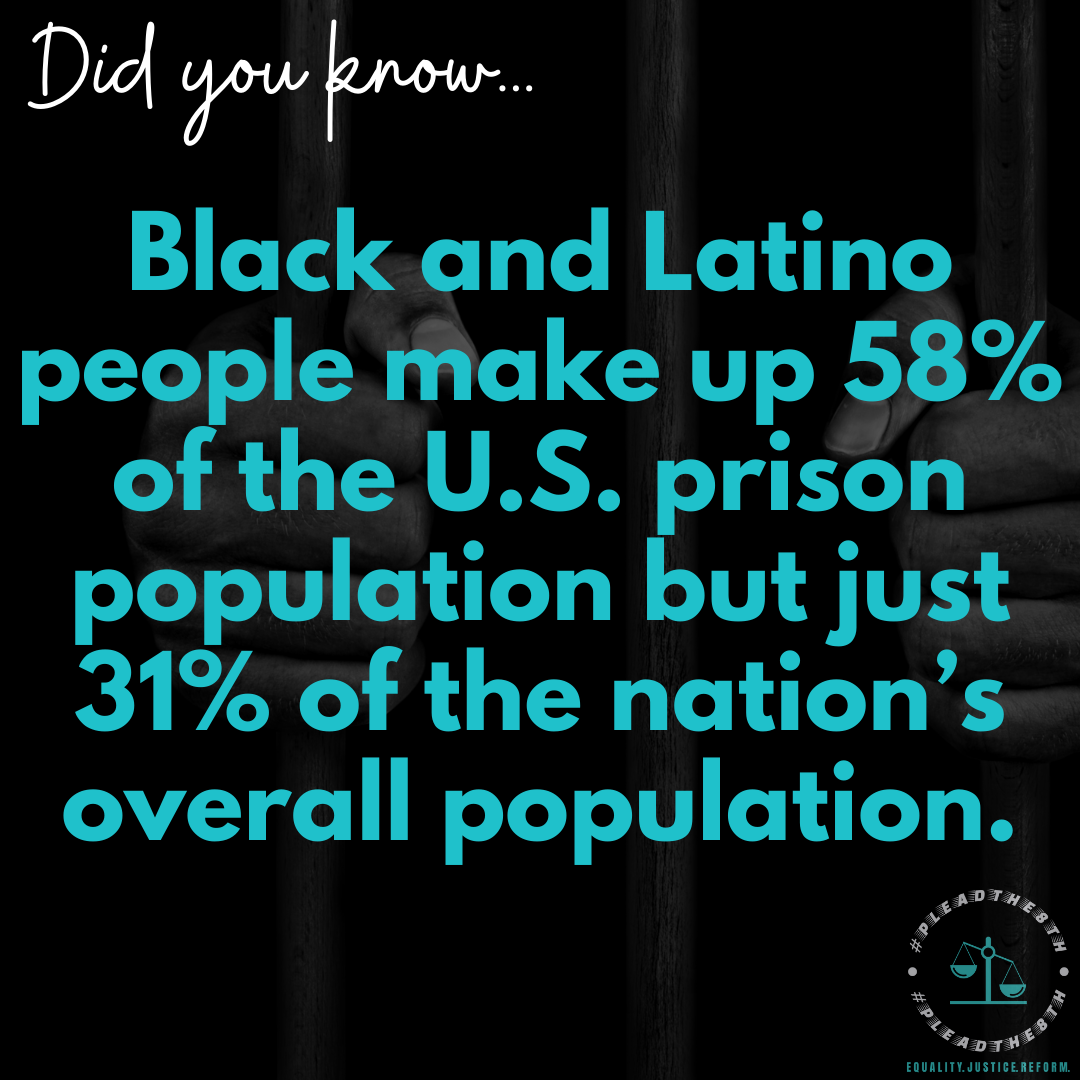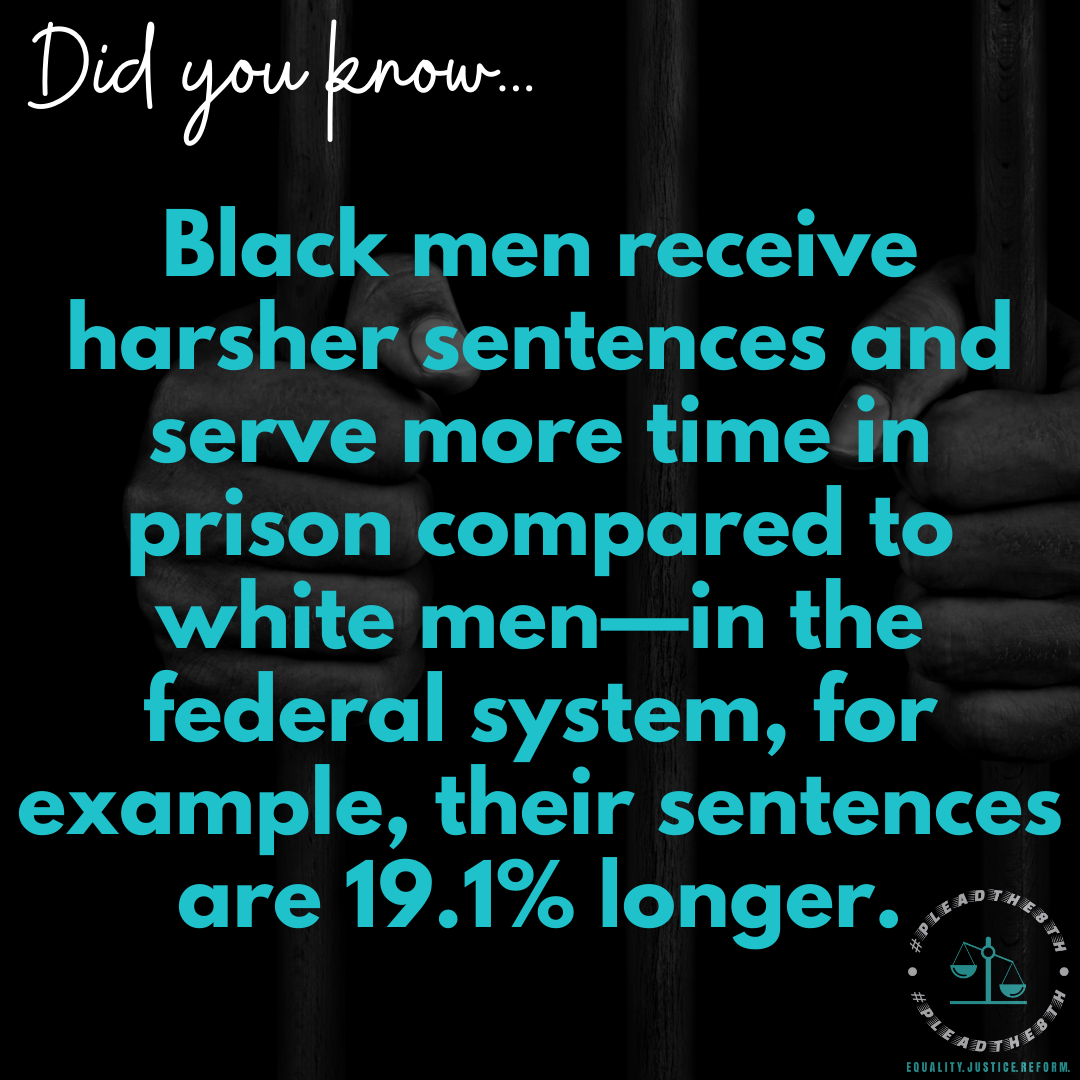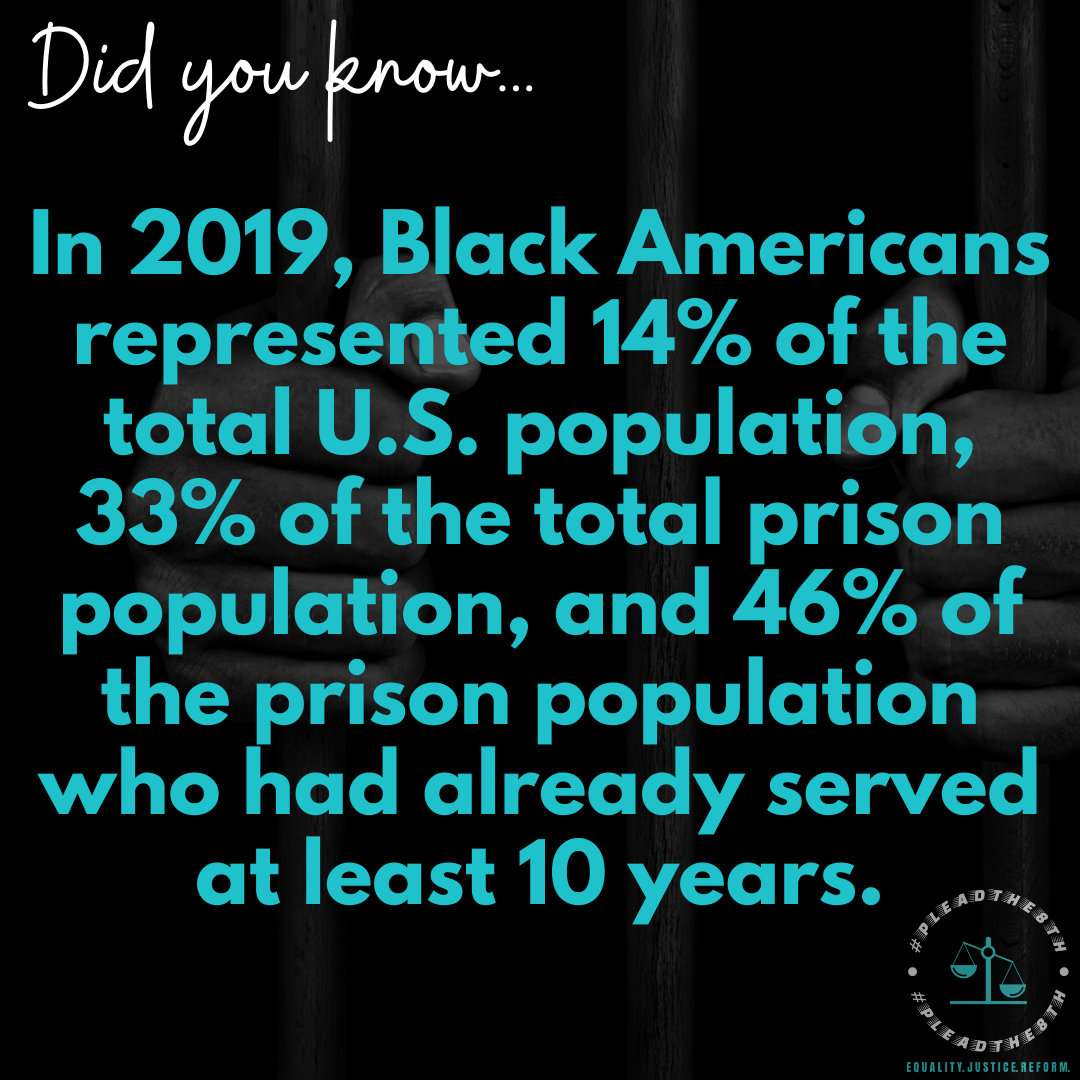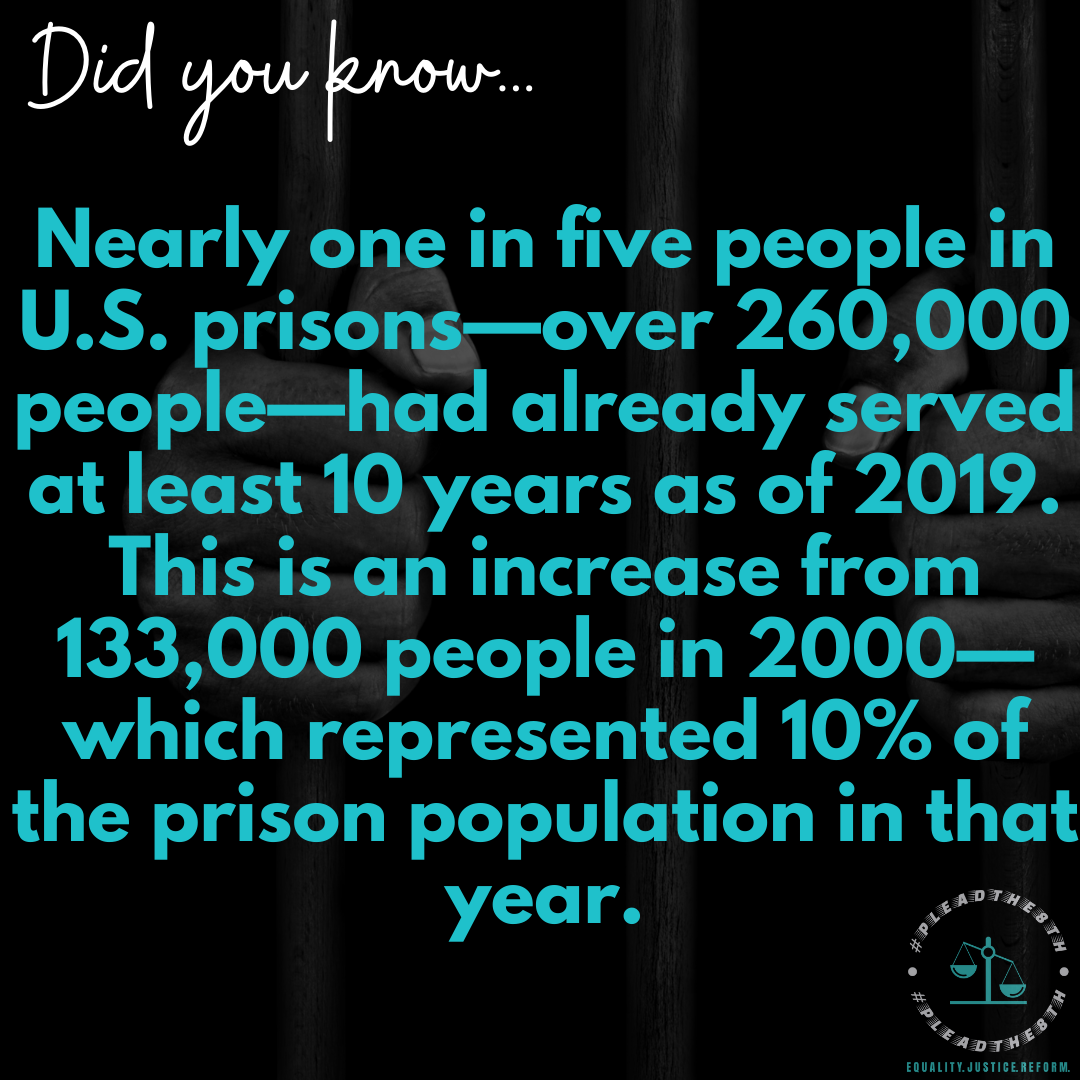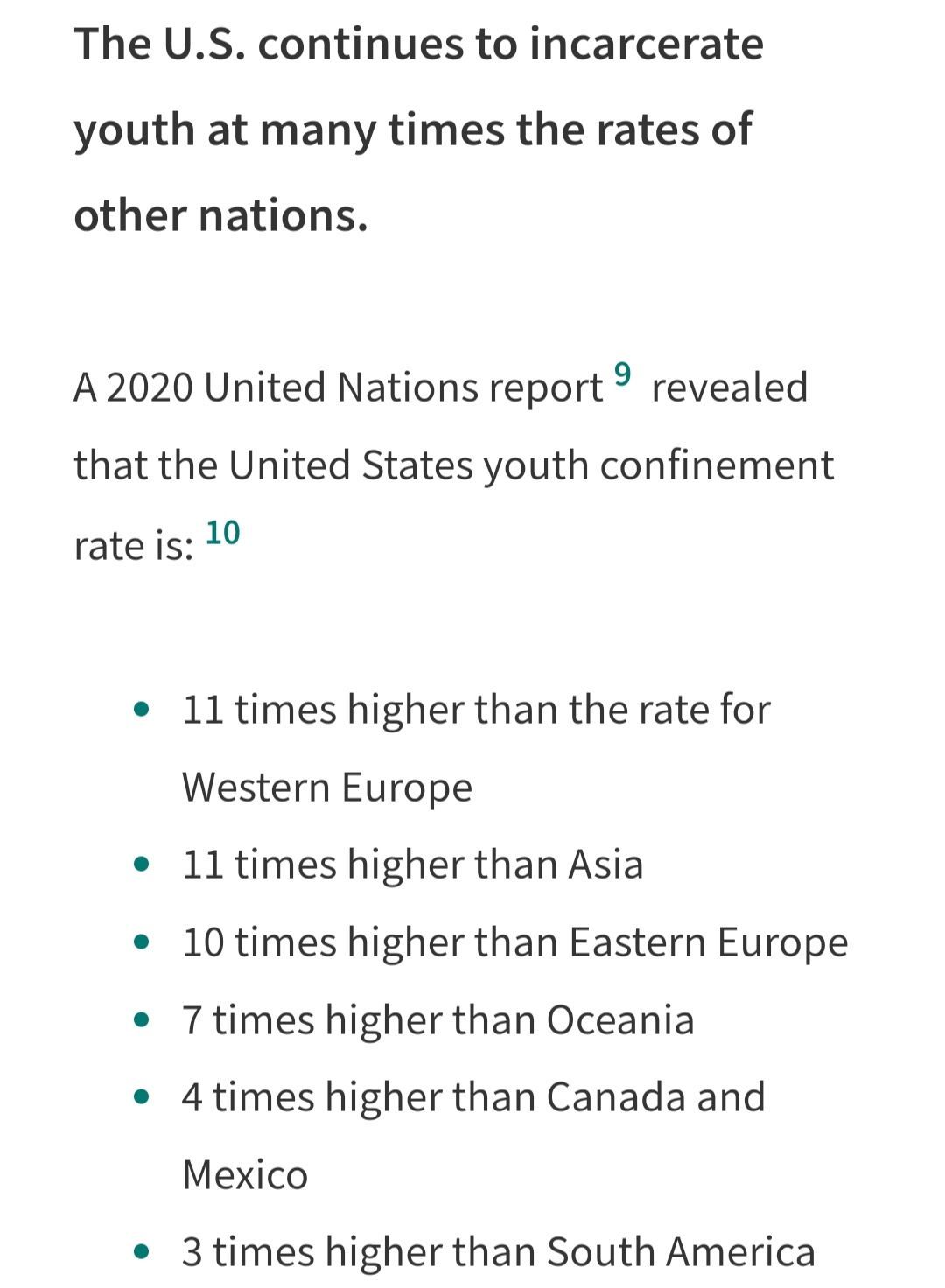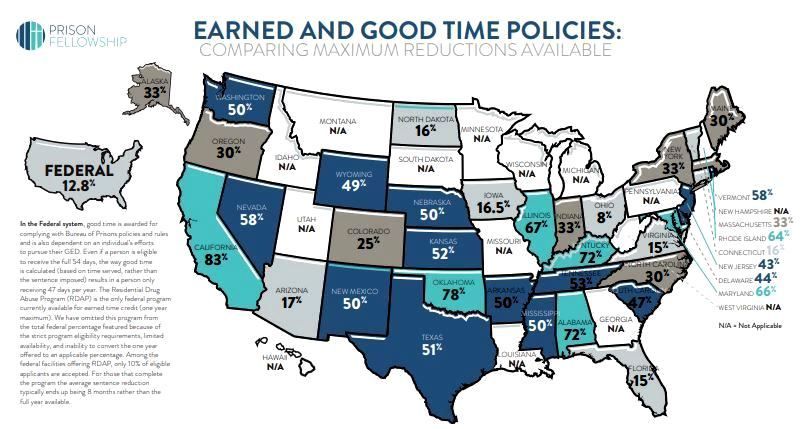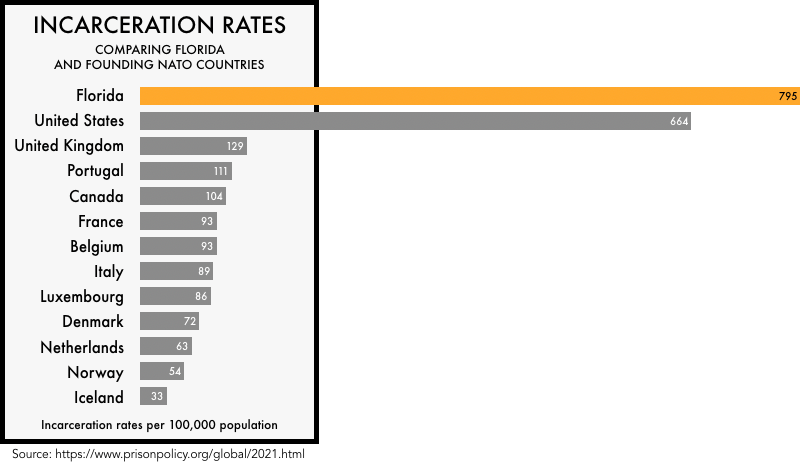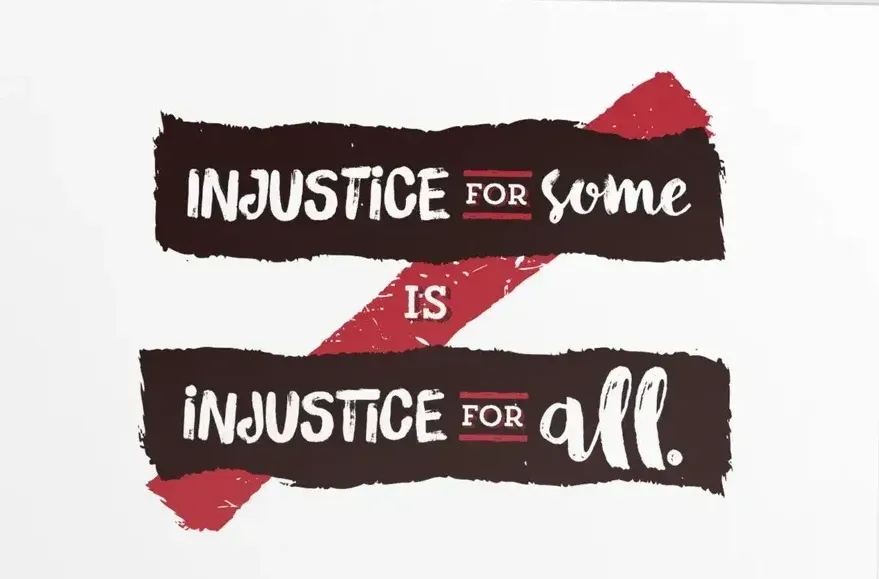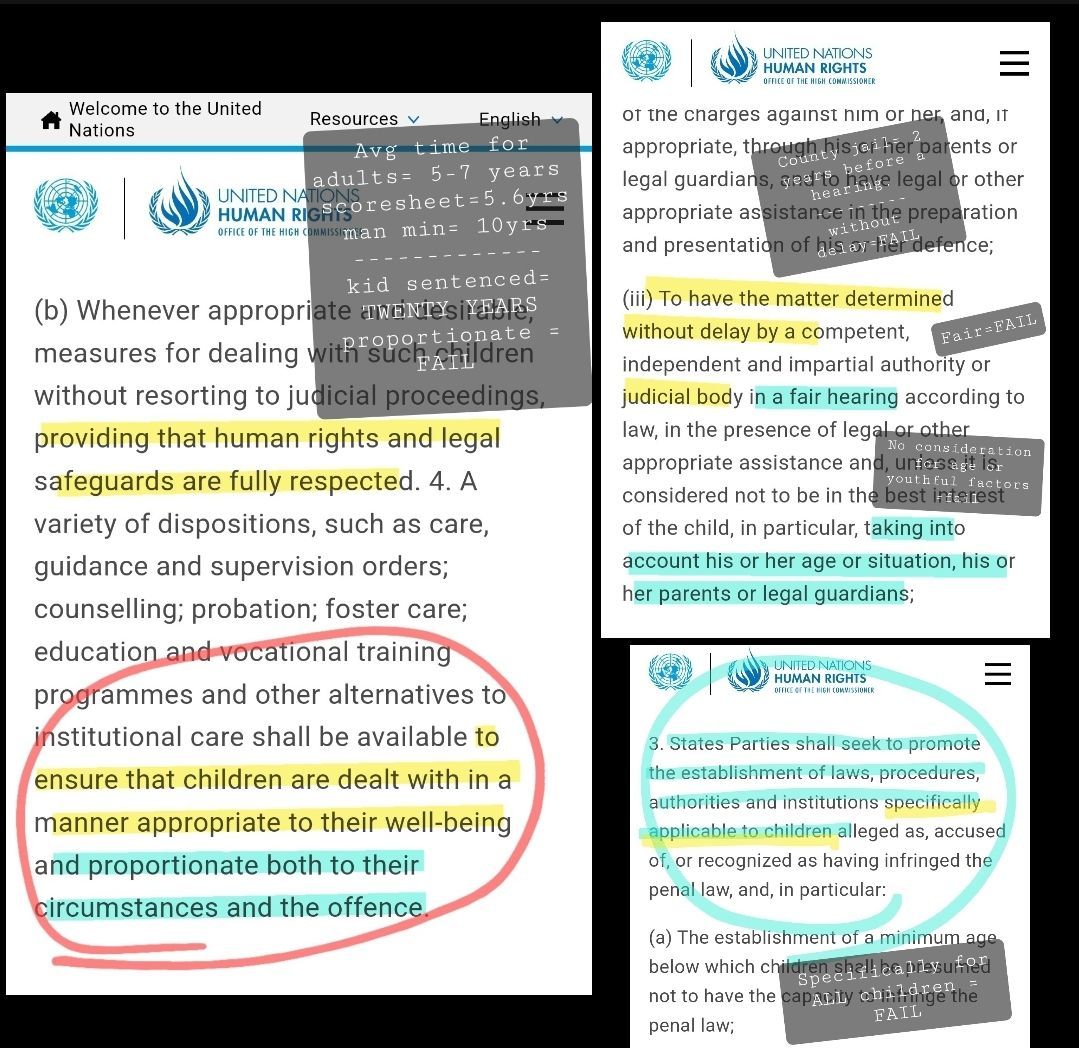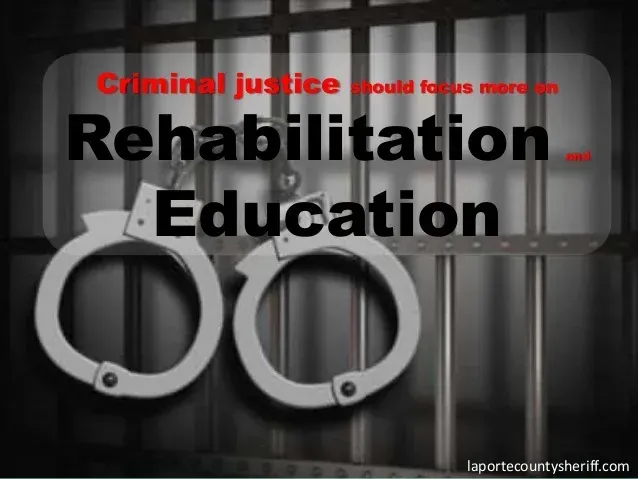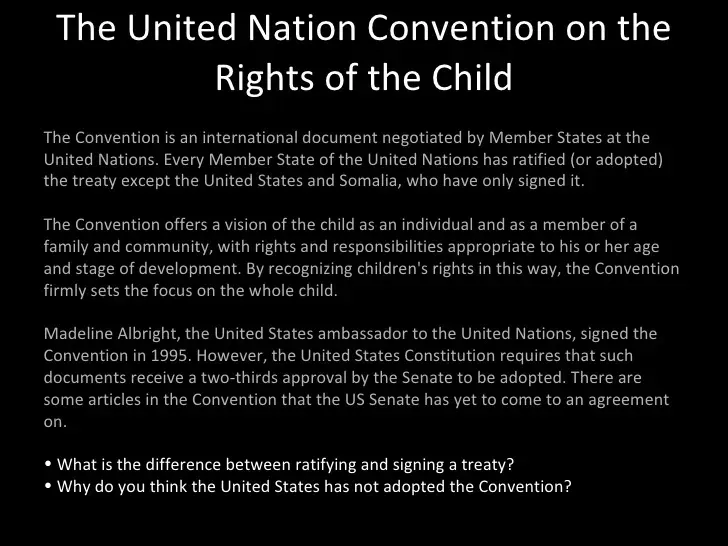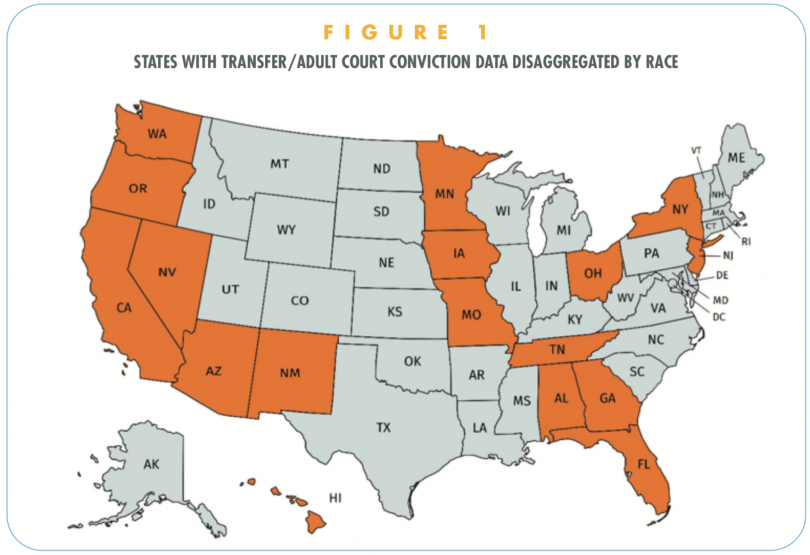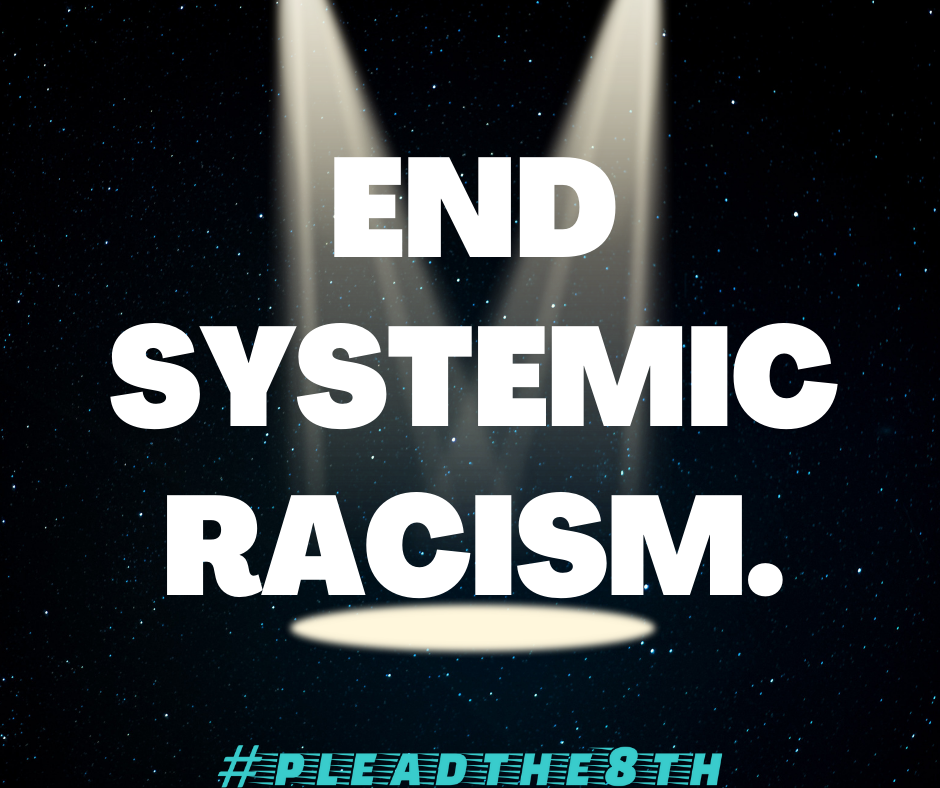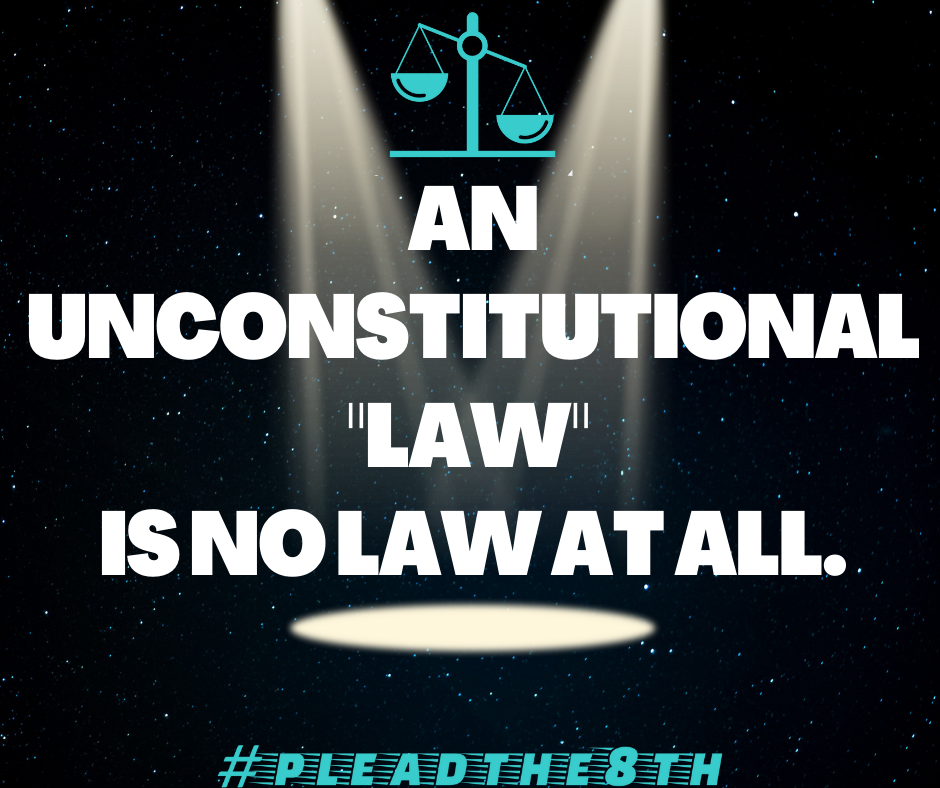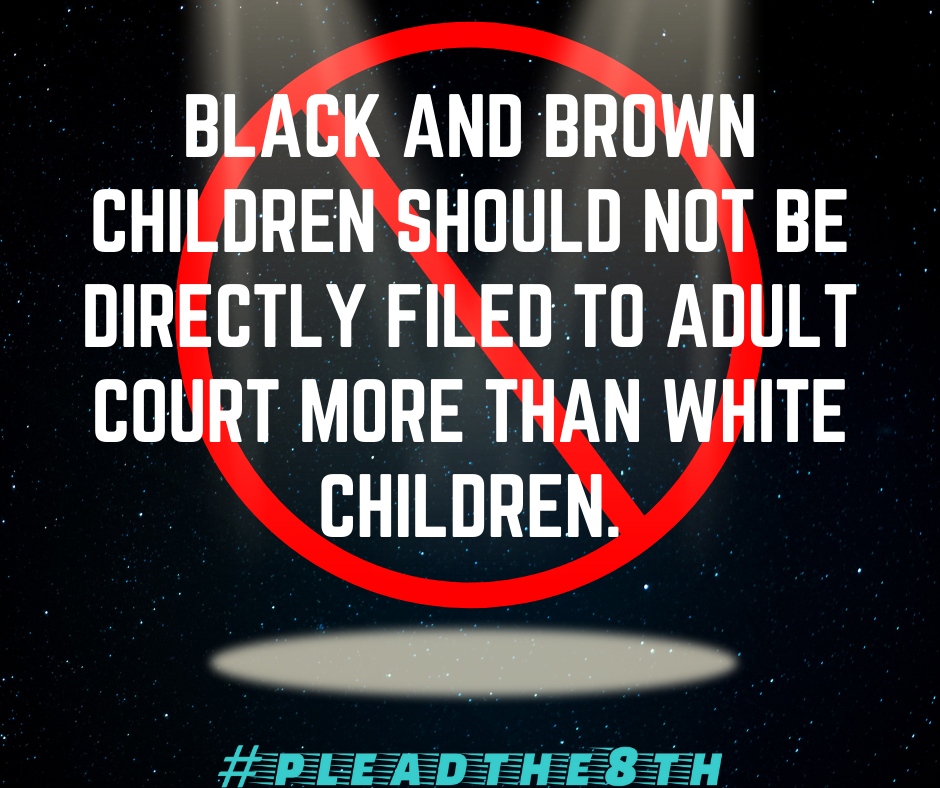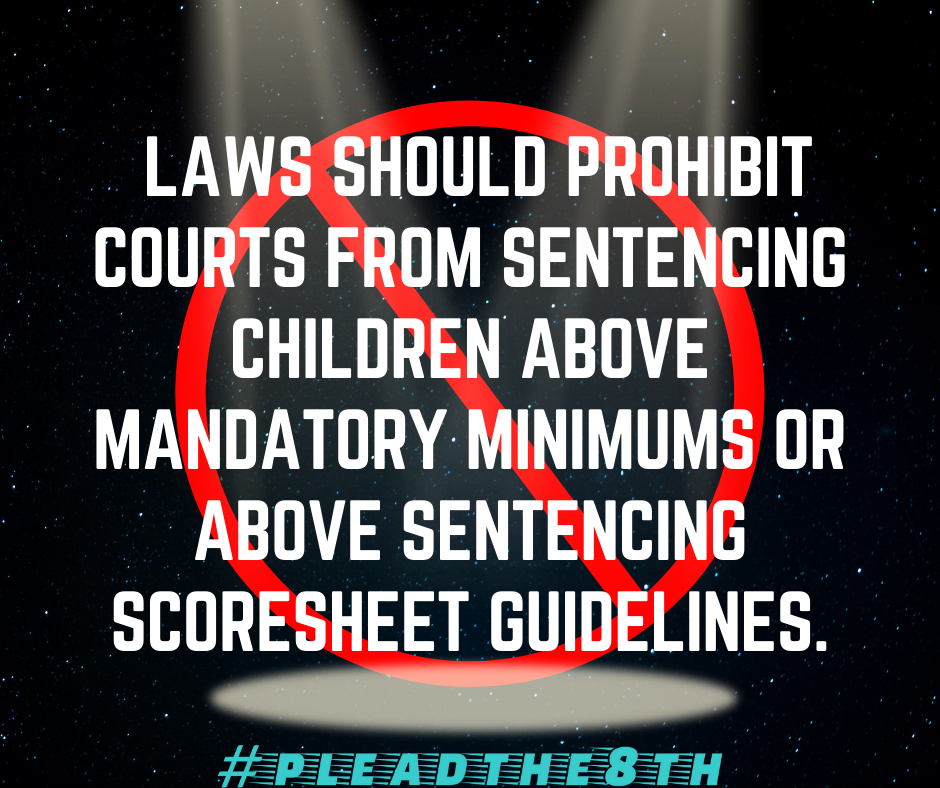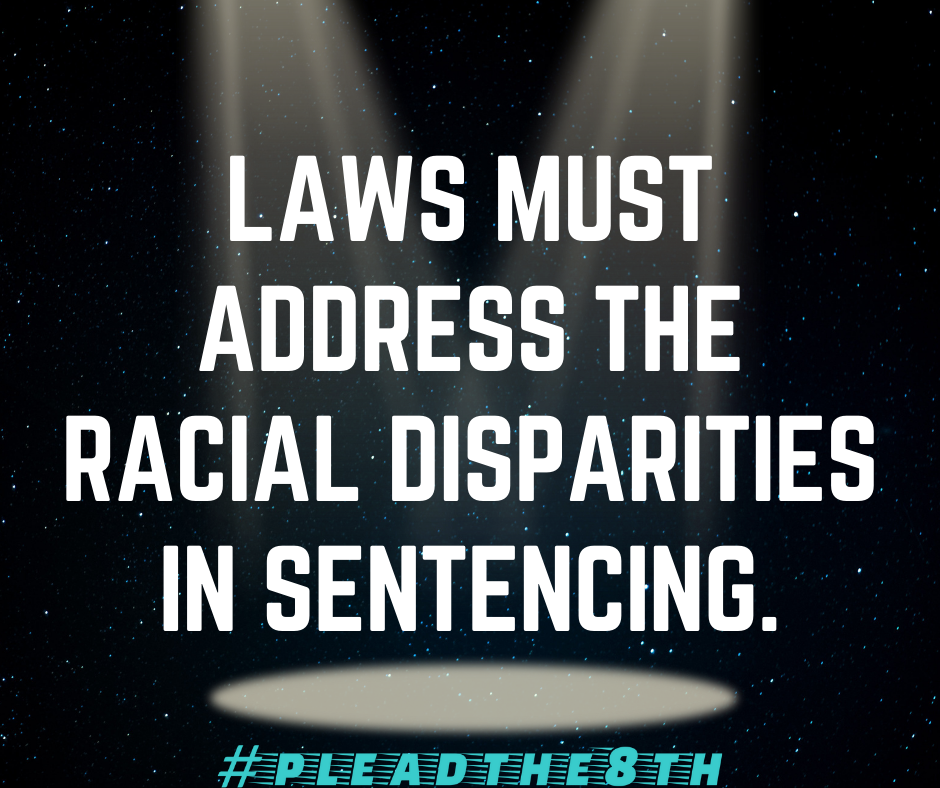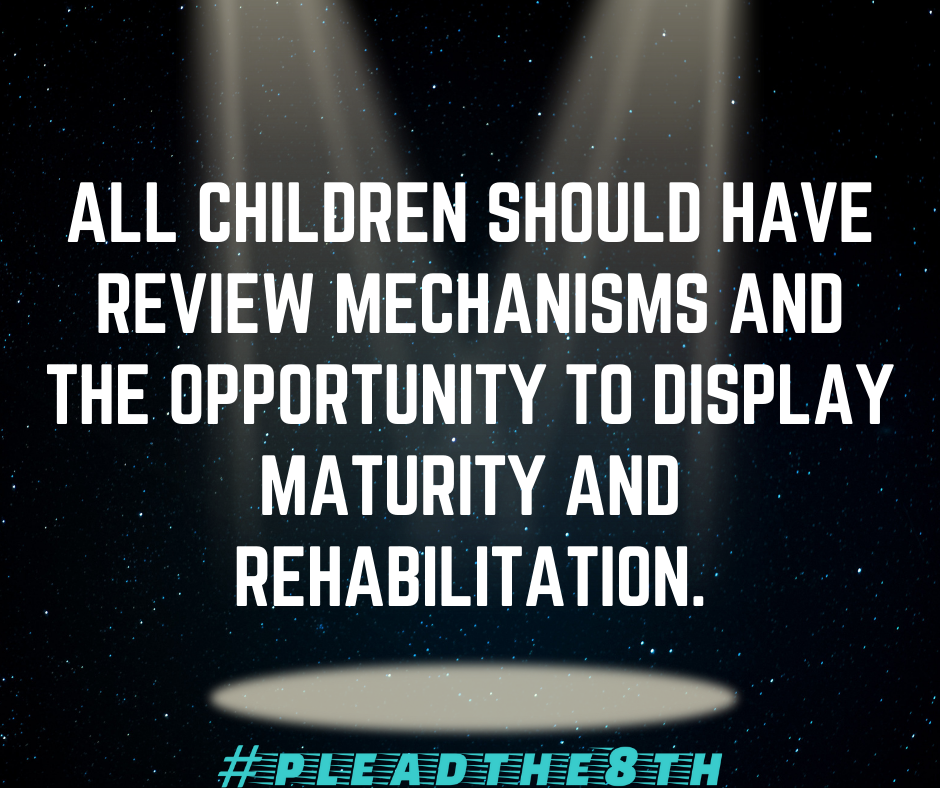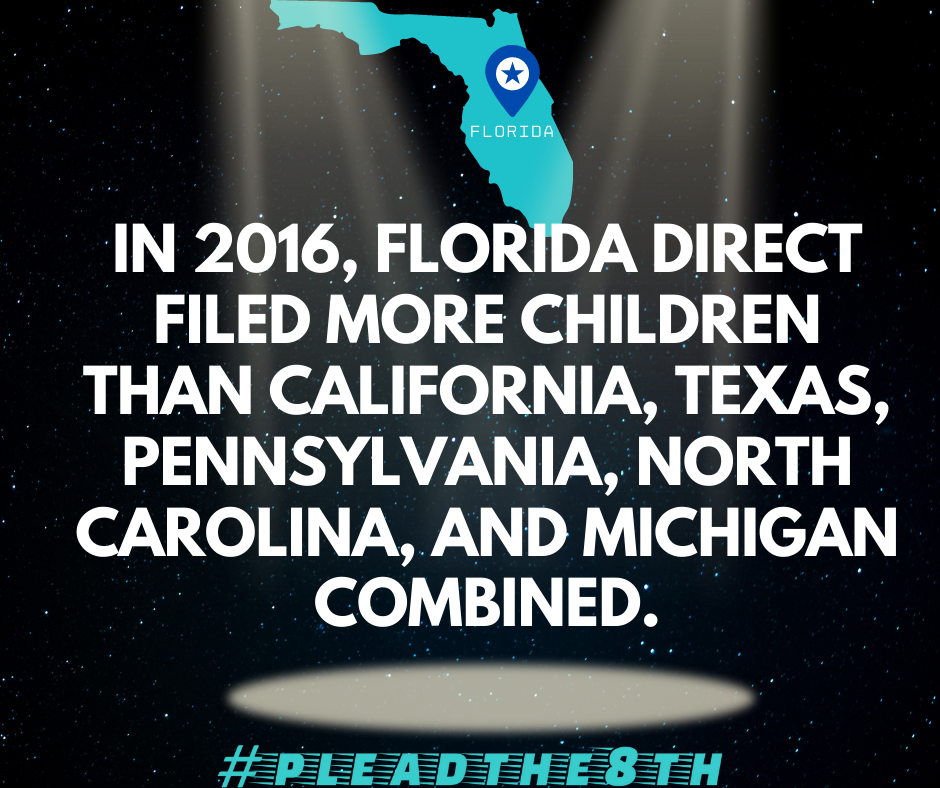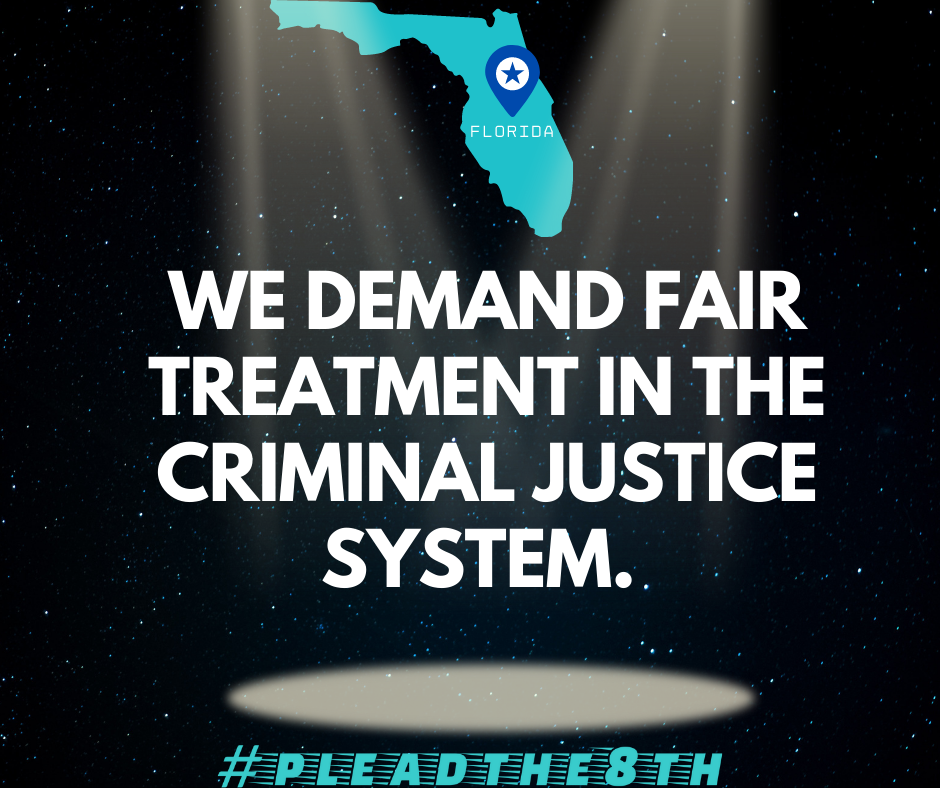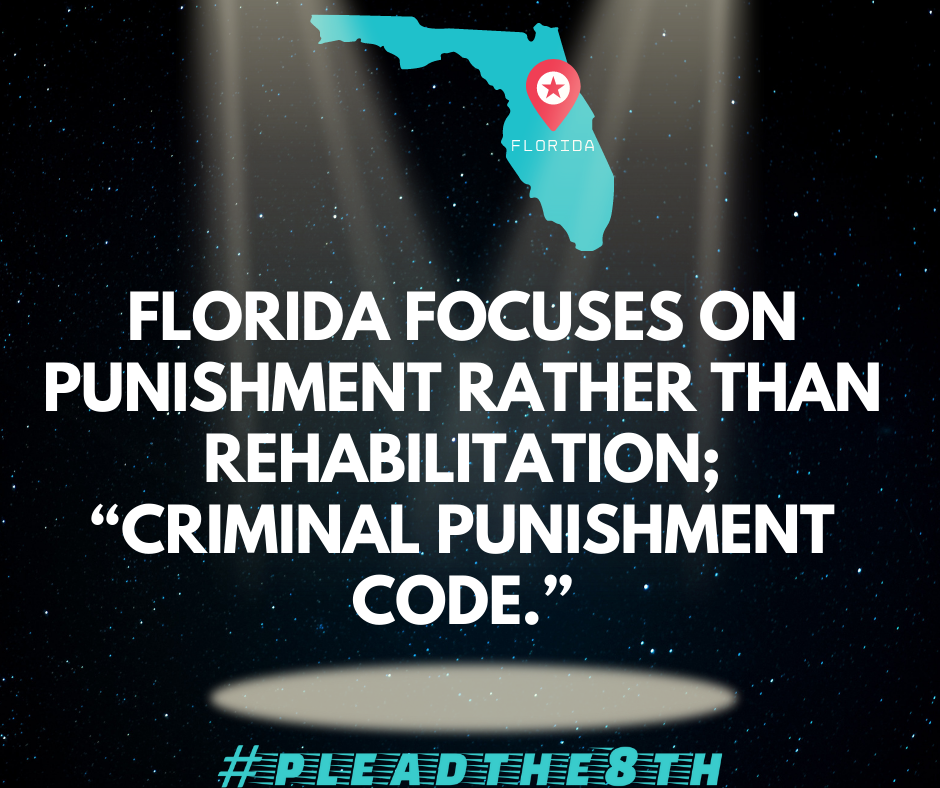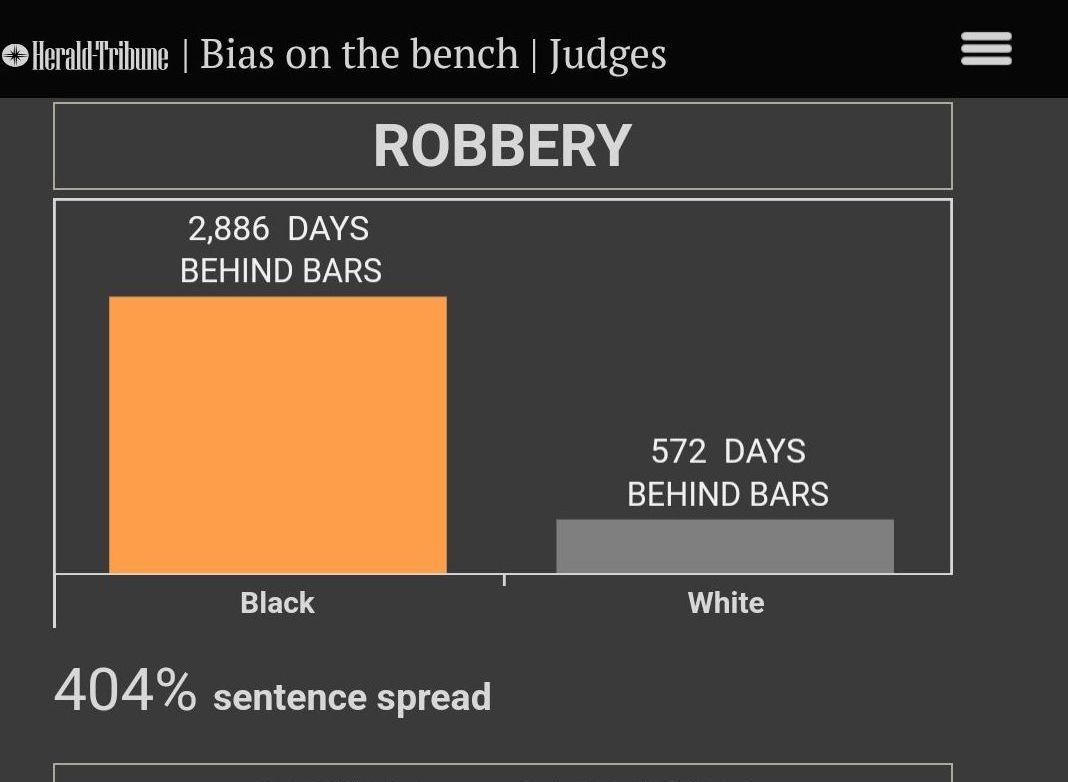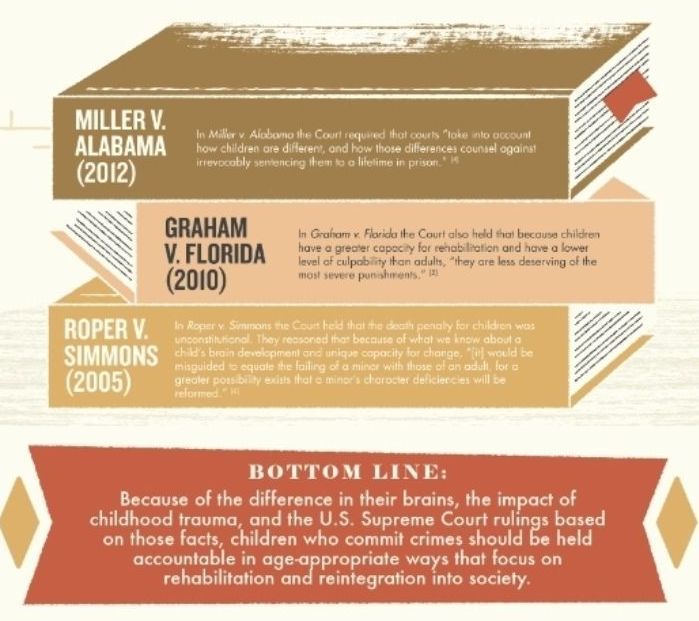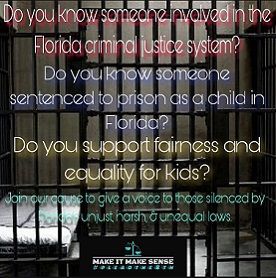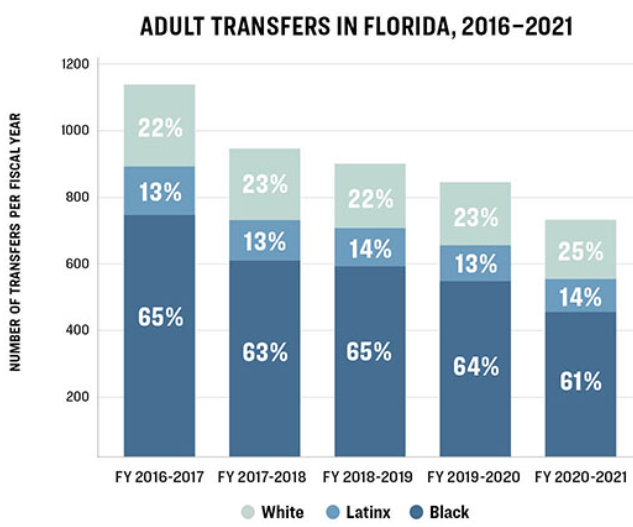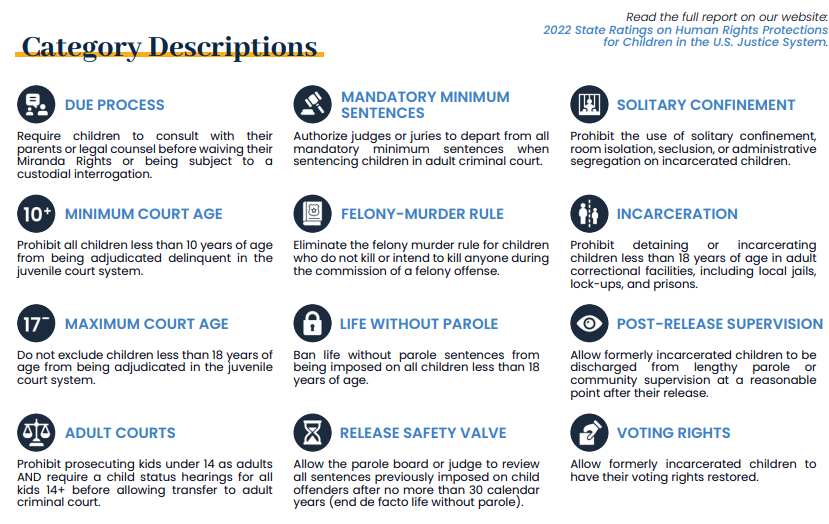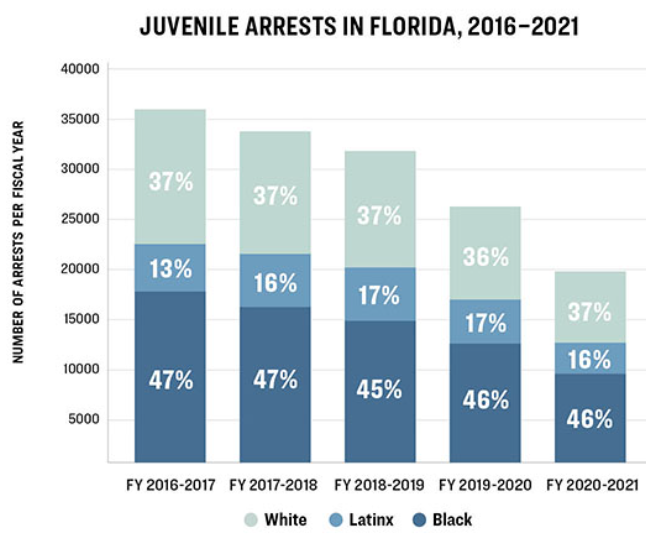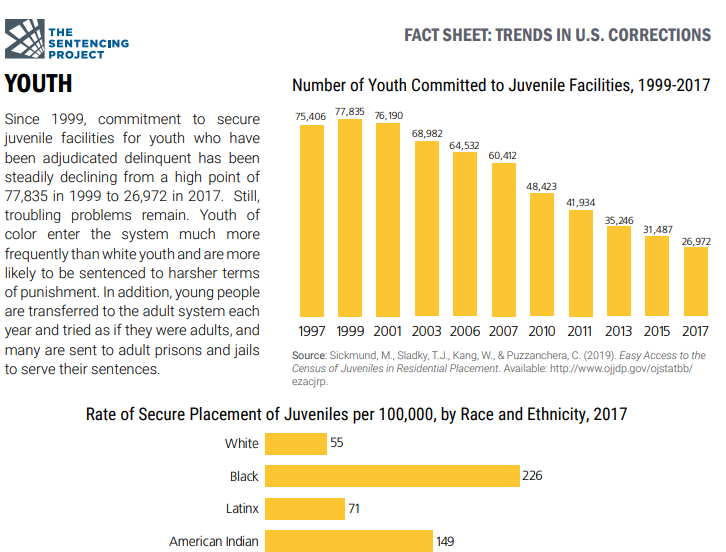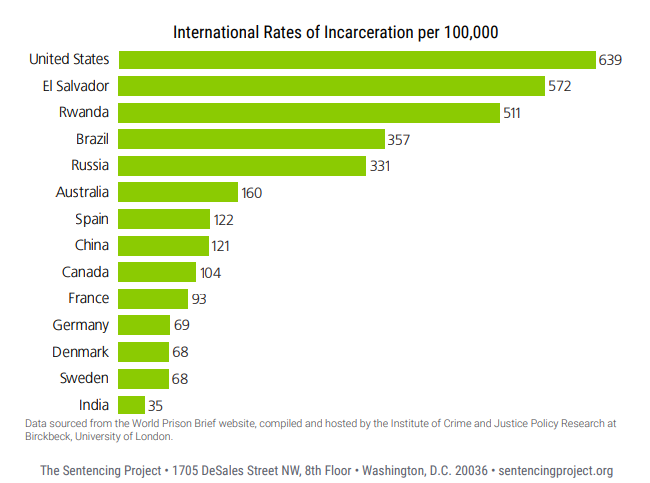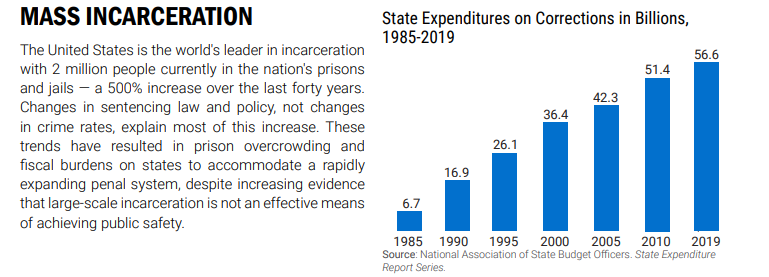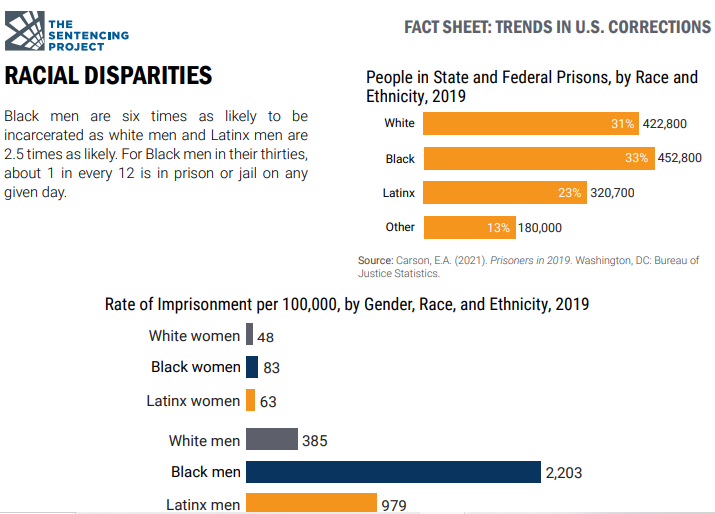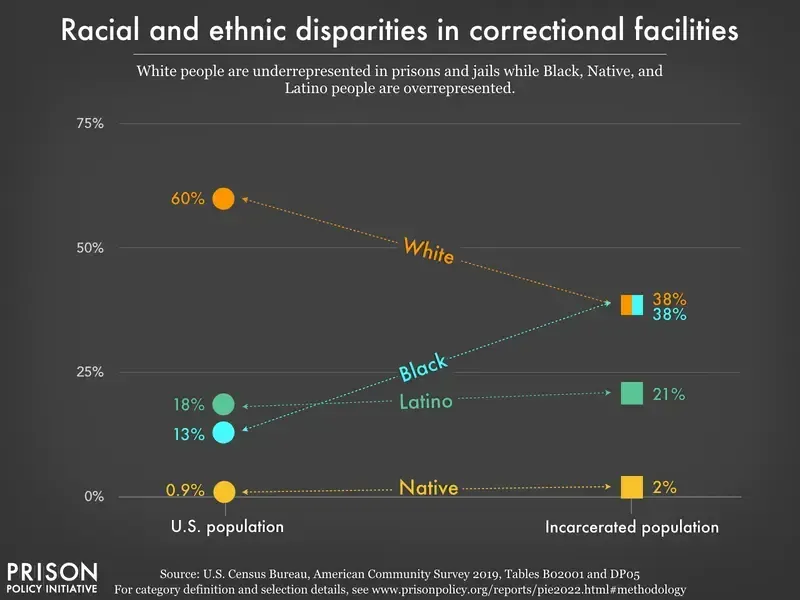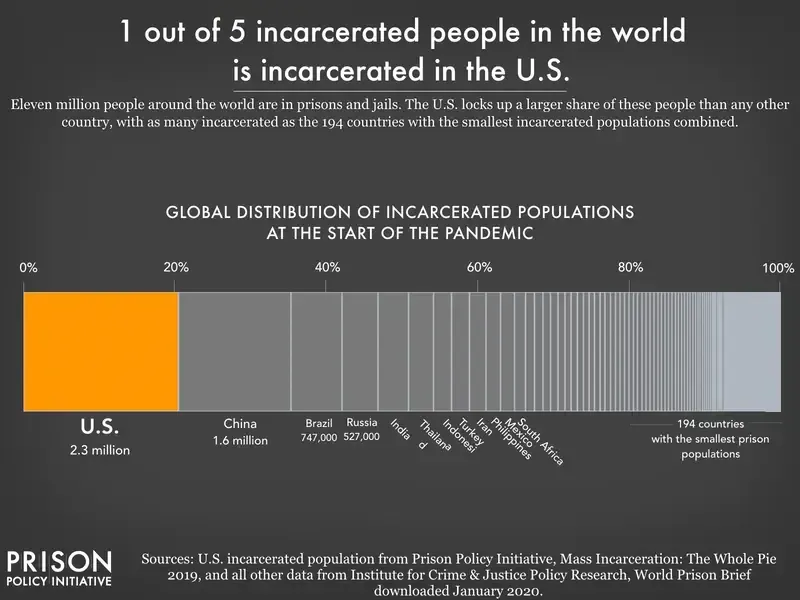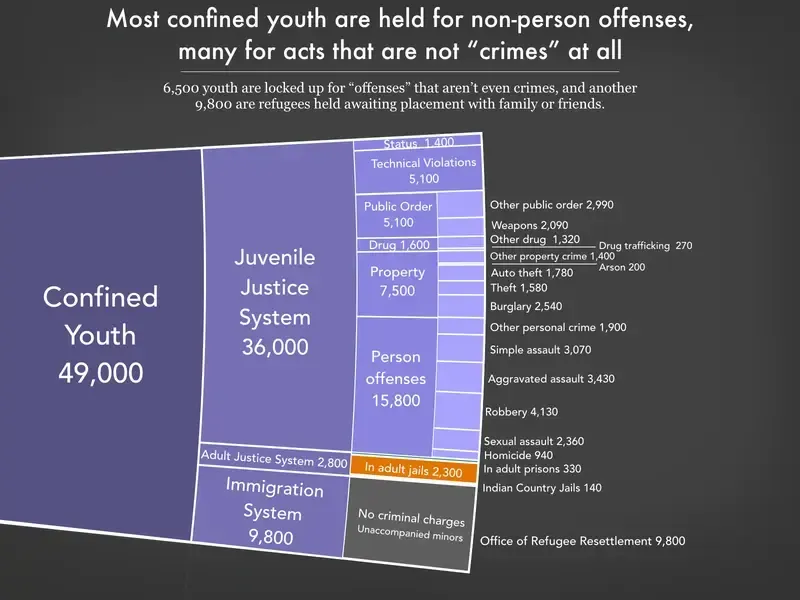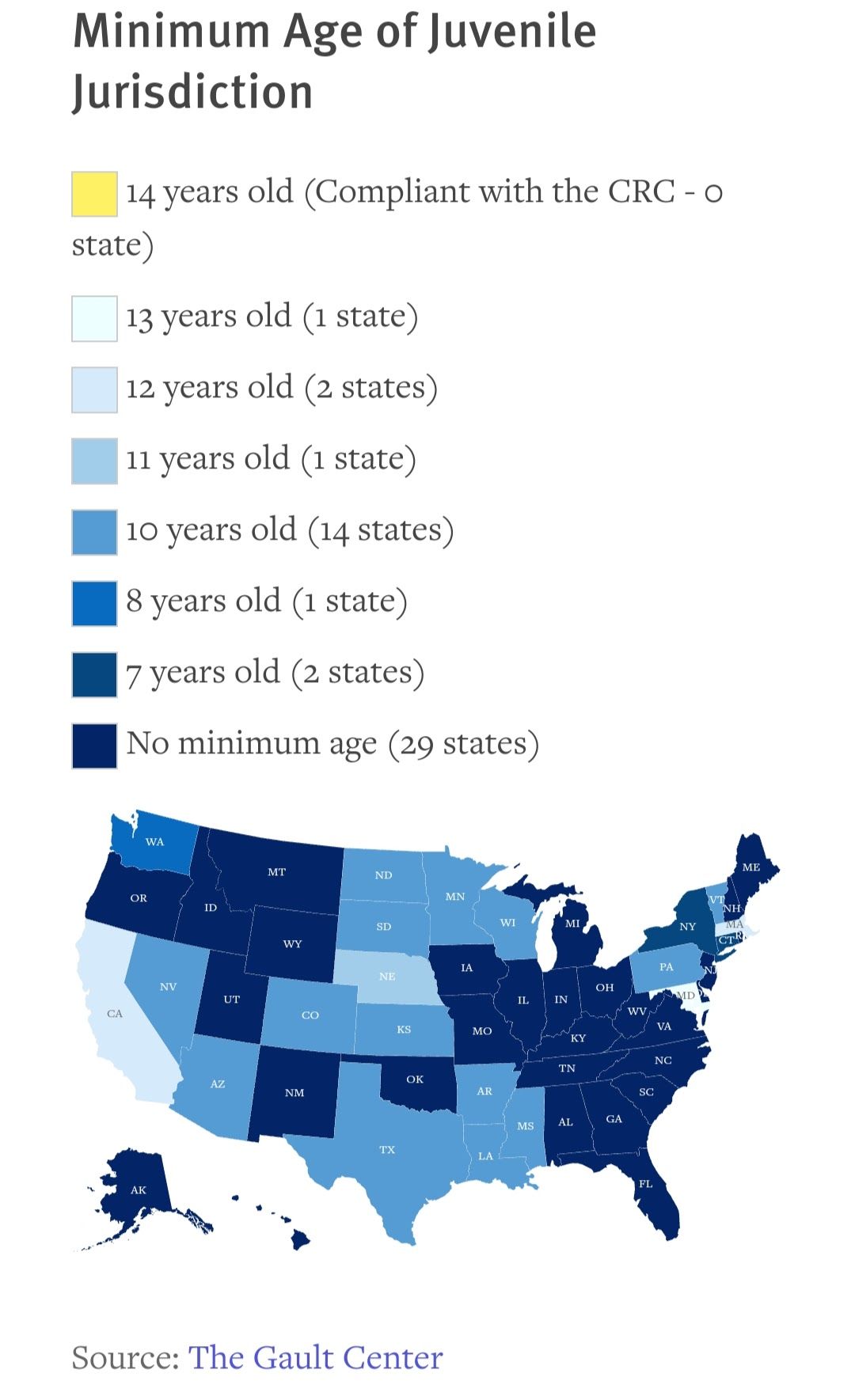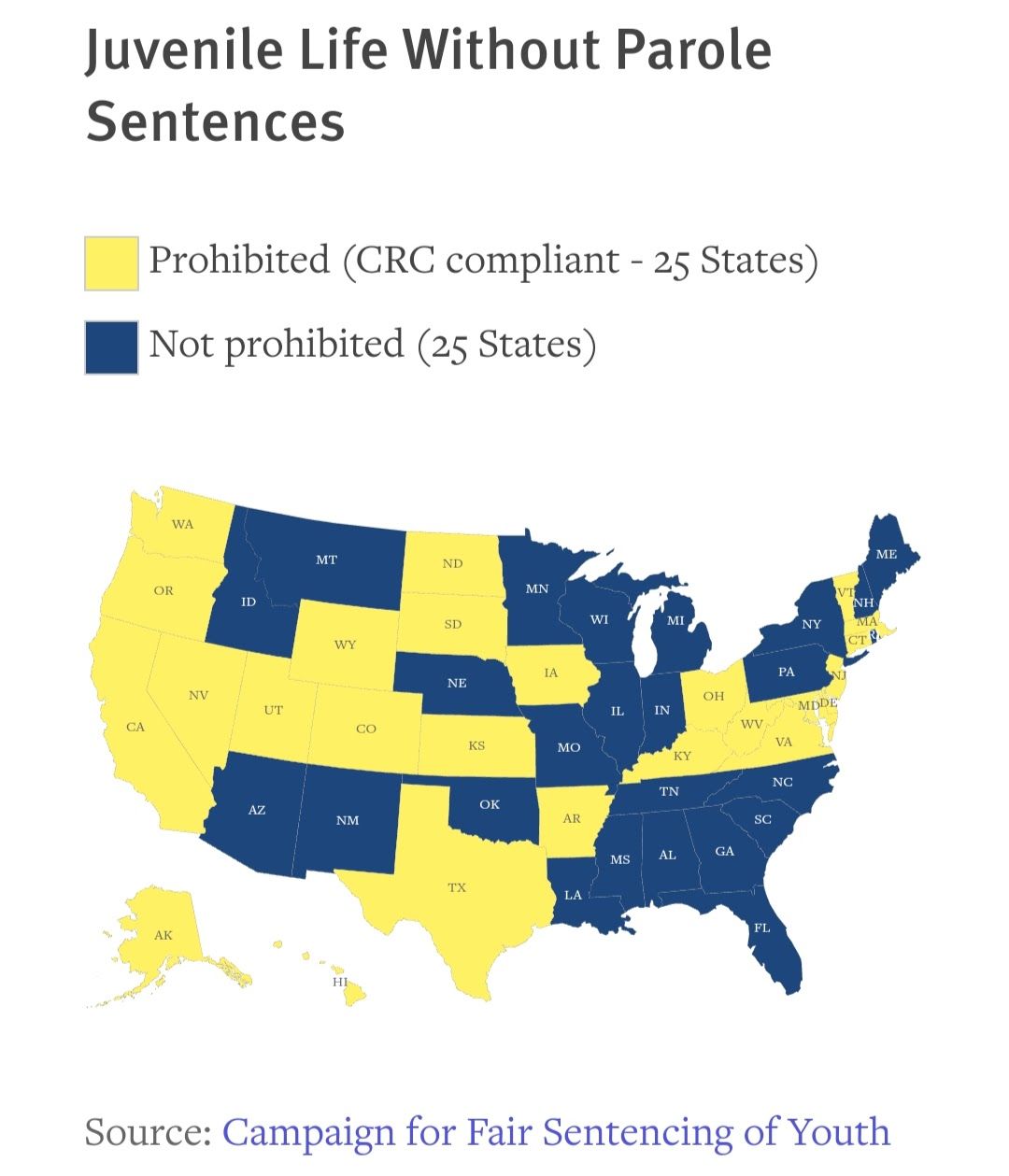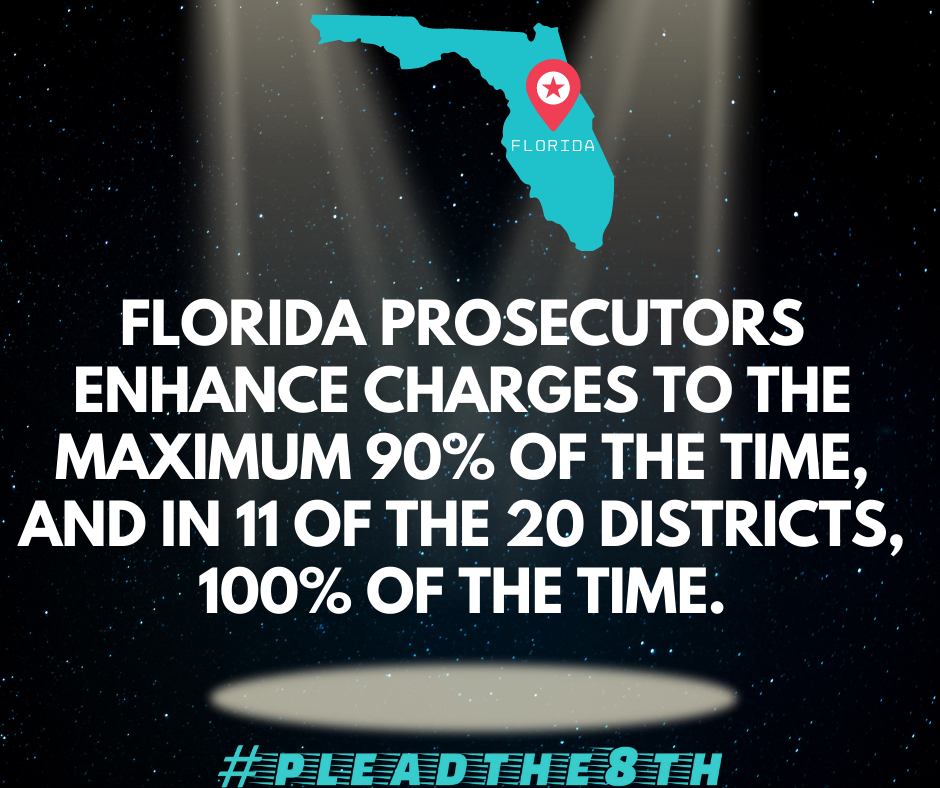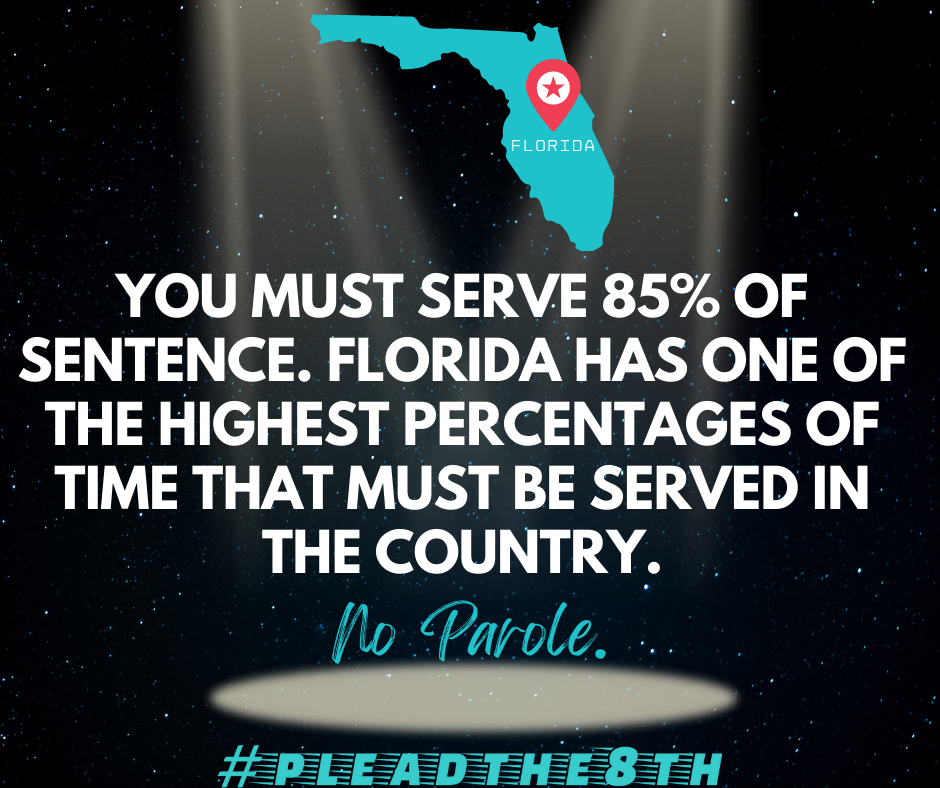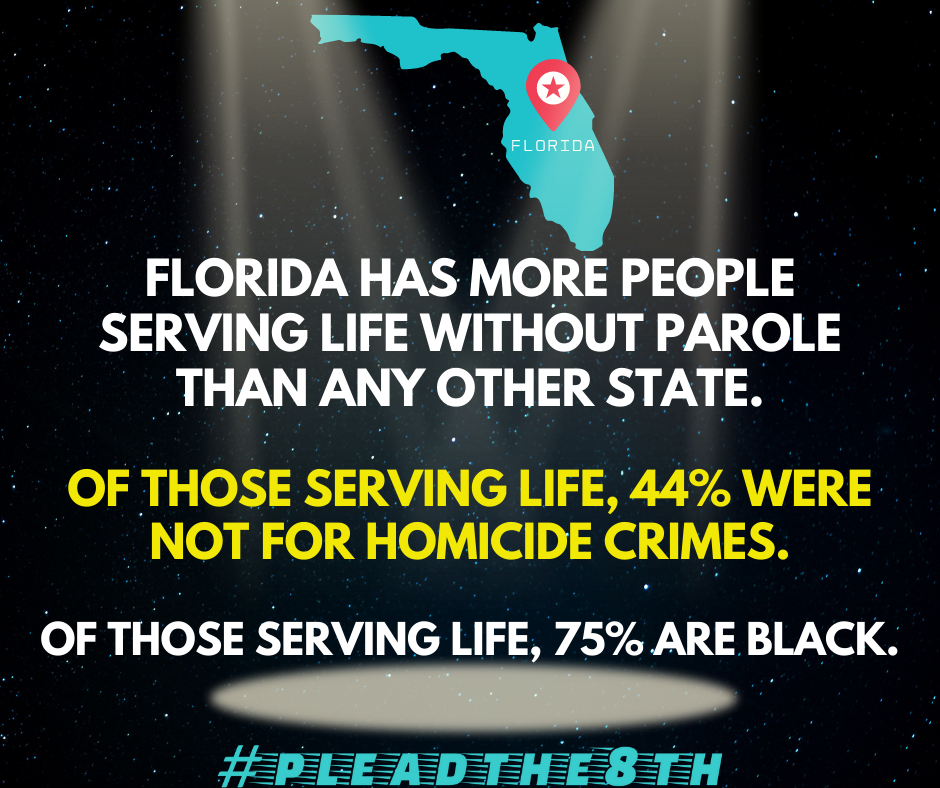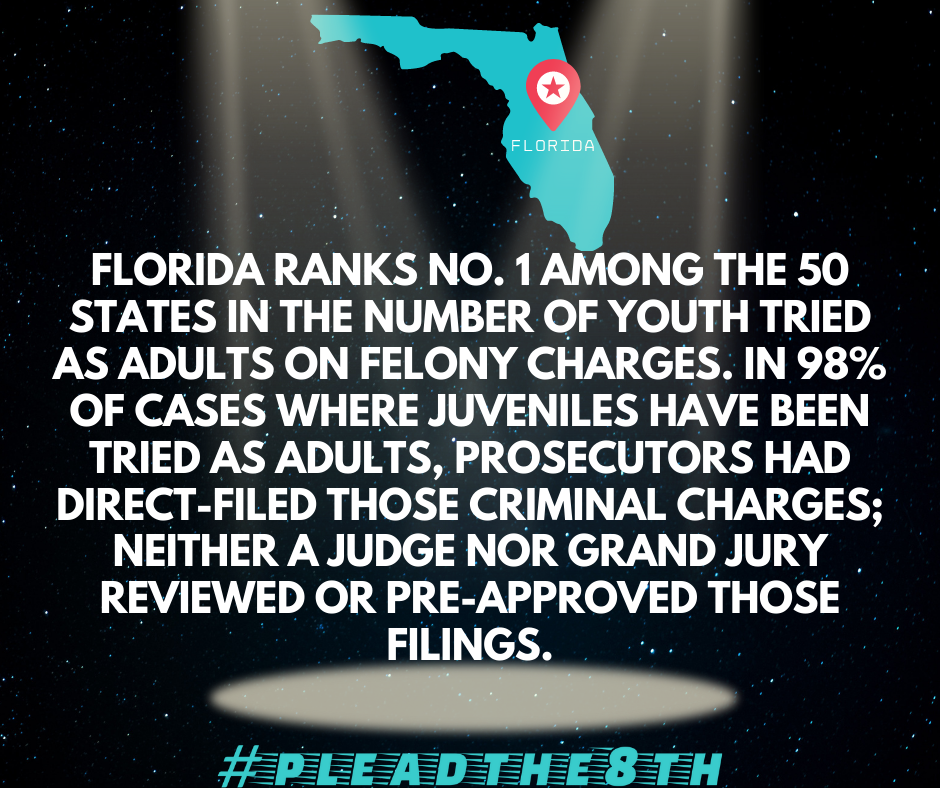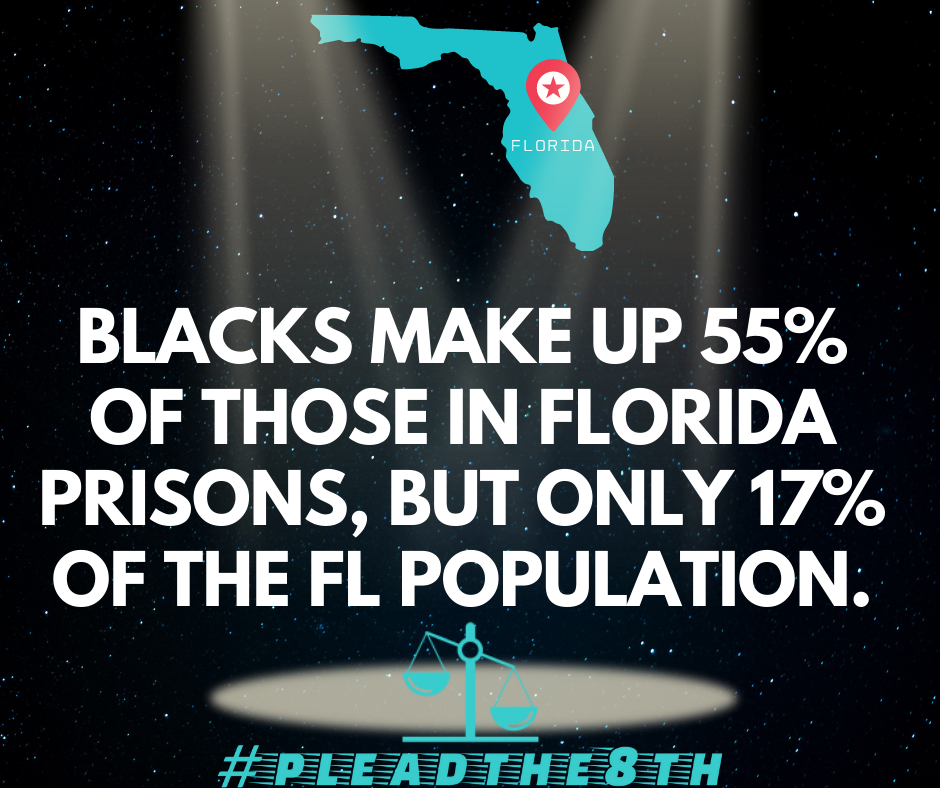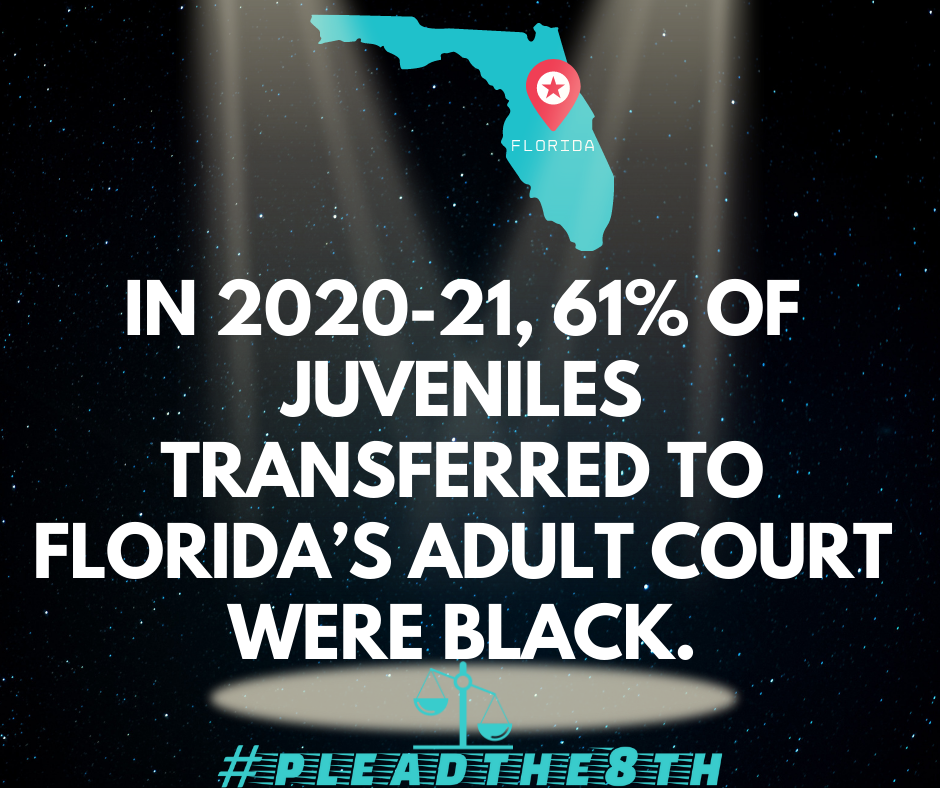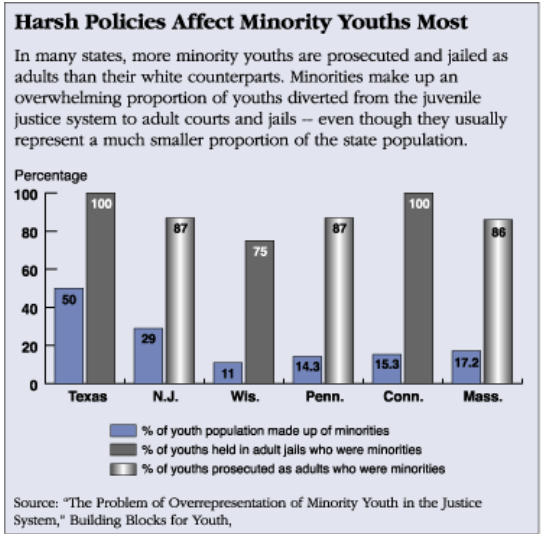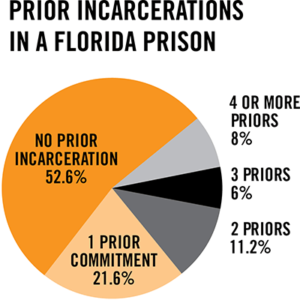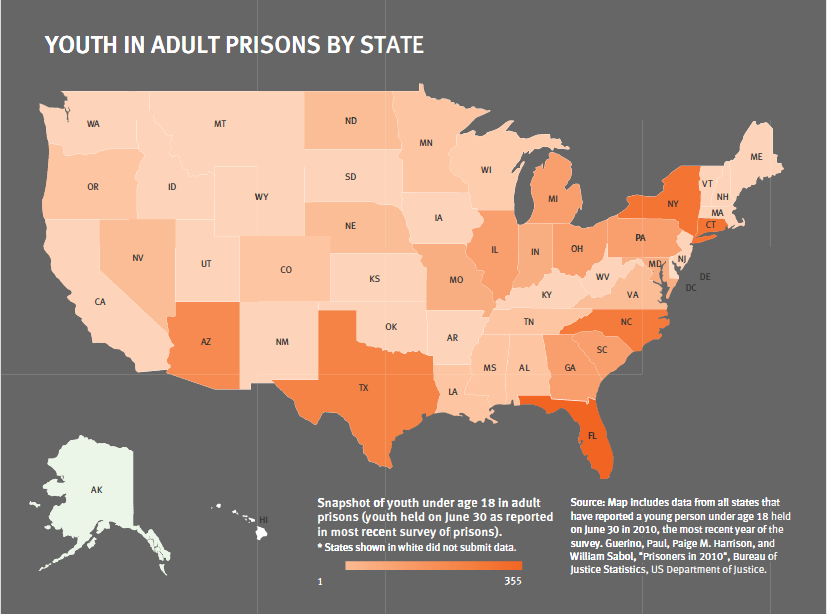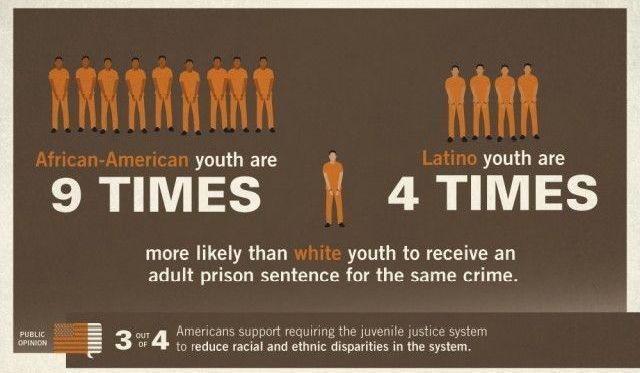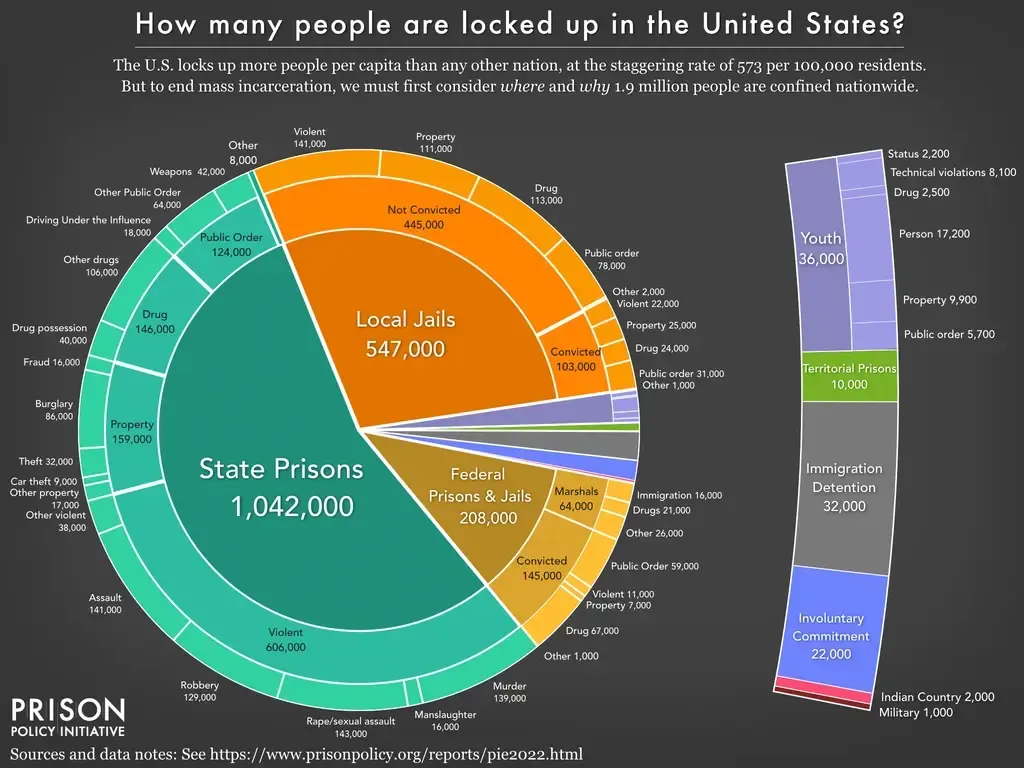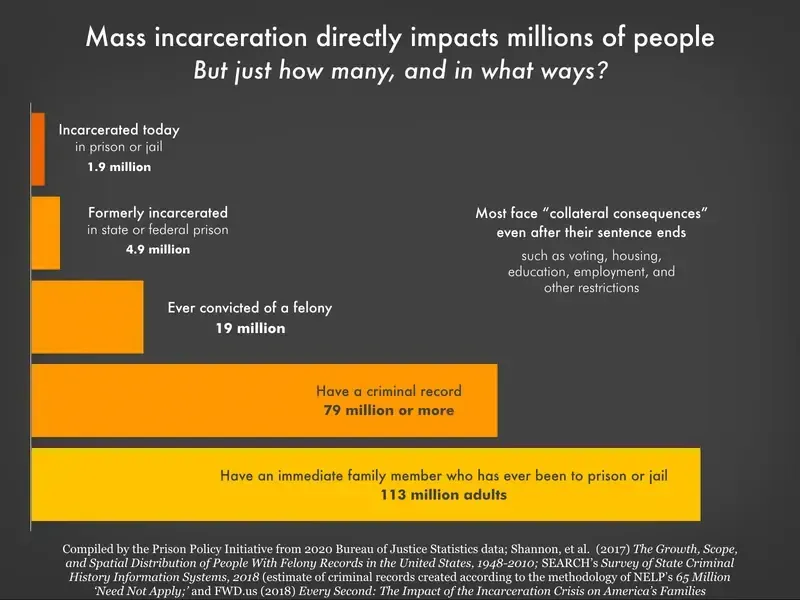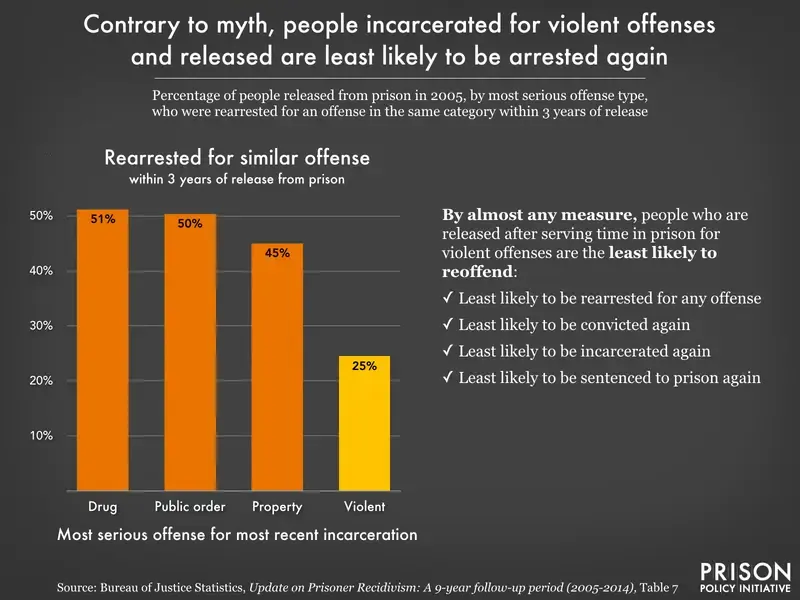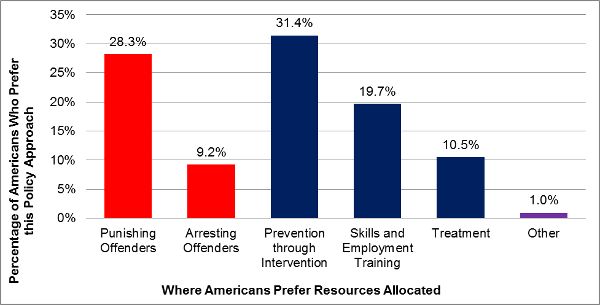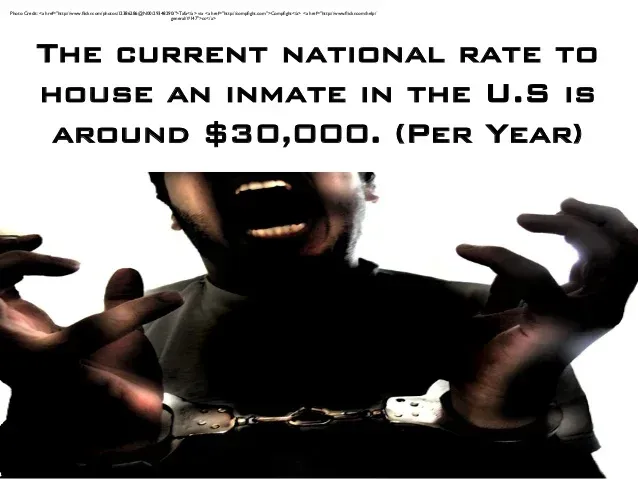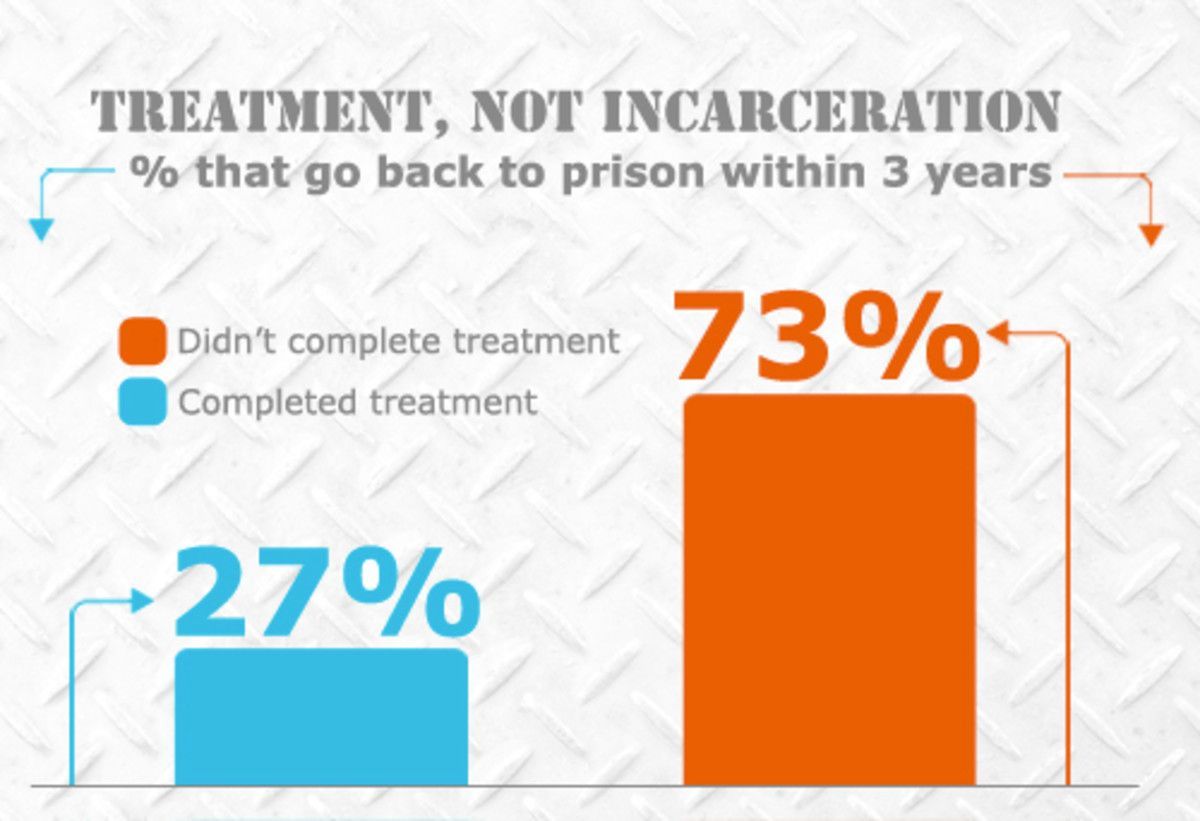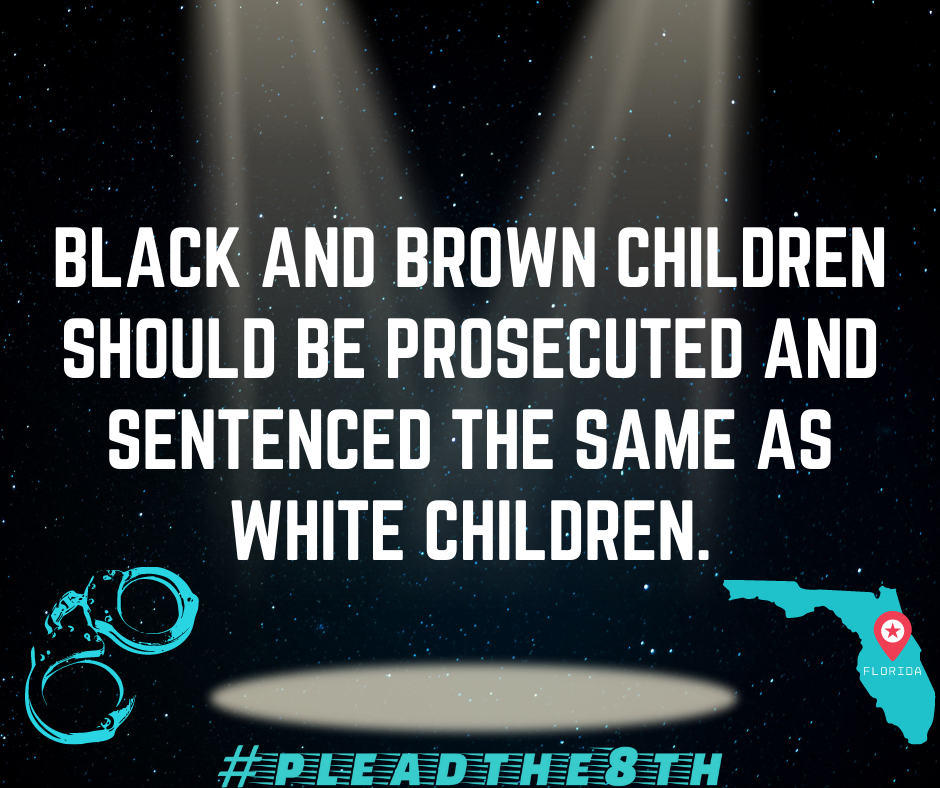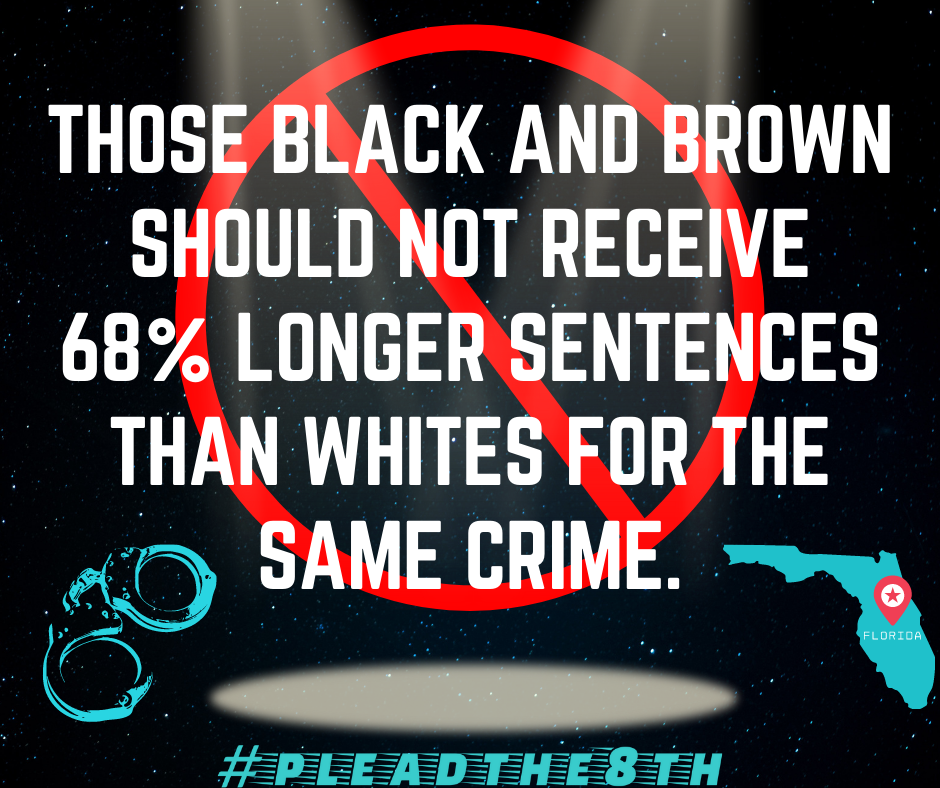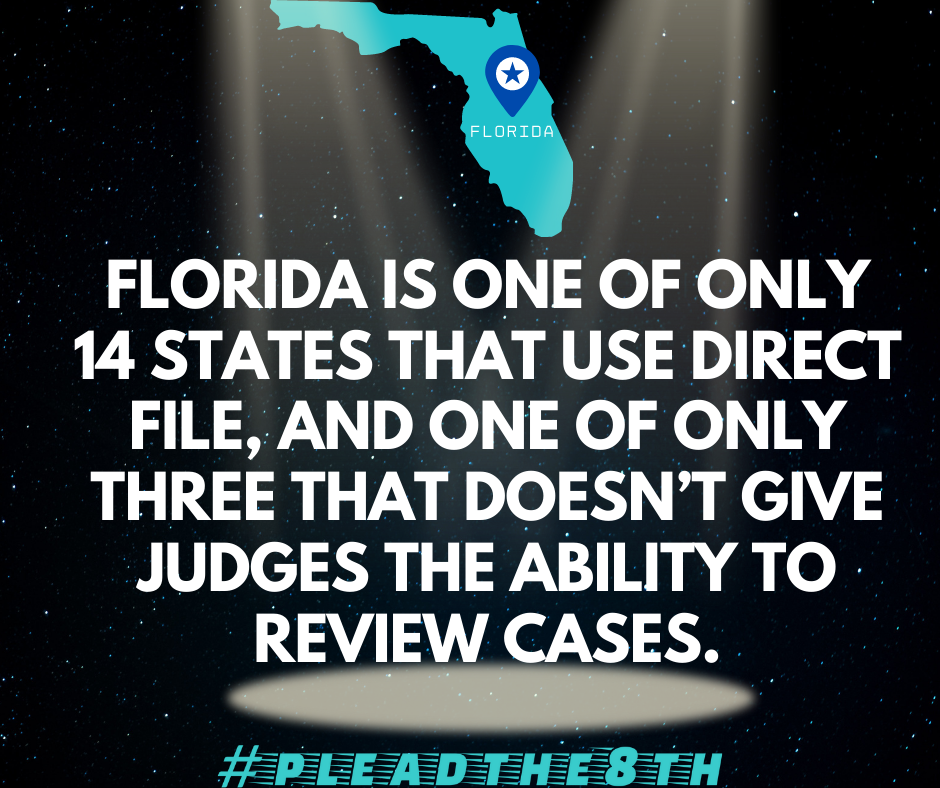Youth Injustices in the United States
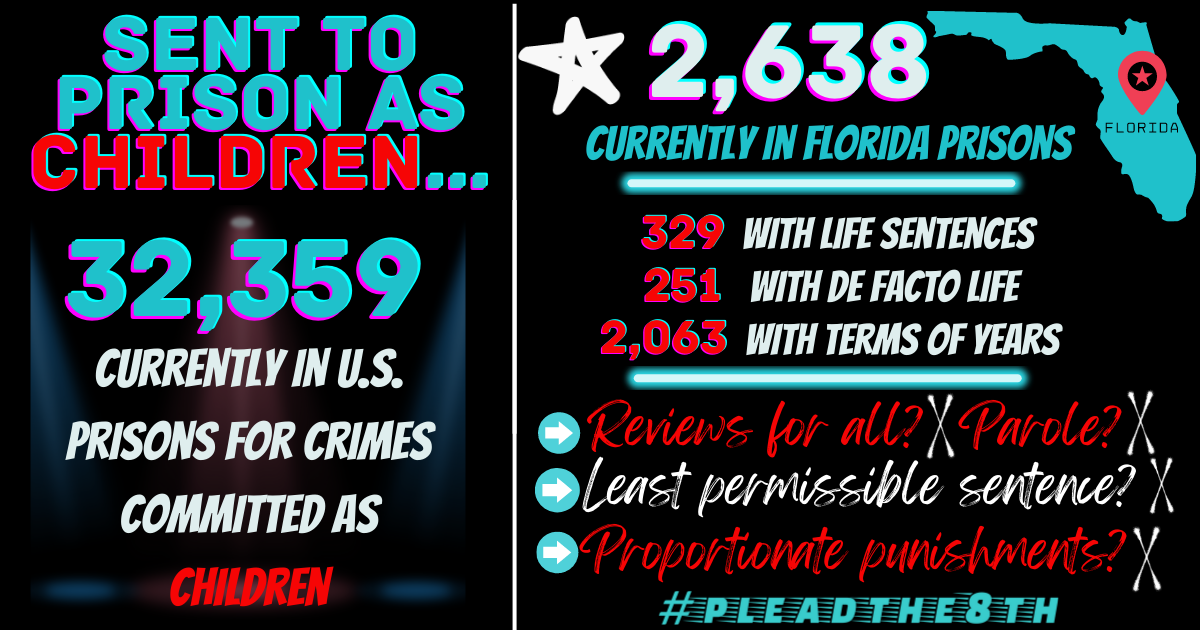
Youth incarceration is a pressing concern across the United States, with over 32,000 young individuals currently behind bars for crimes committed during childhood.
Despite a declining overall youth incarceration rate in recent years, certain demographic groups, particularly Black and Latino youth, continue to be disproportionately represented within the justice system.
The consequences of youth incarceration can be far-reaching, affecting educational attainment, mental health, and future life outcomes. Efforts to address this issue require a comprehensive approach that focuses on diversion programs, community-based alternatives, and policy reforms to ensure fair and equitable treatment for all young individuals involved in the justice system.
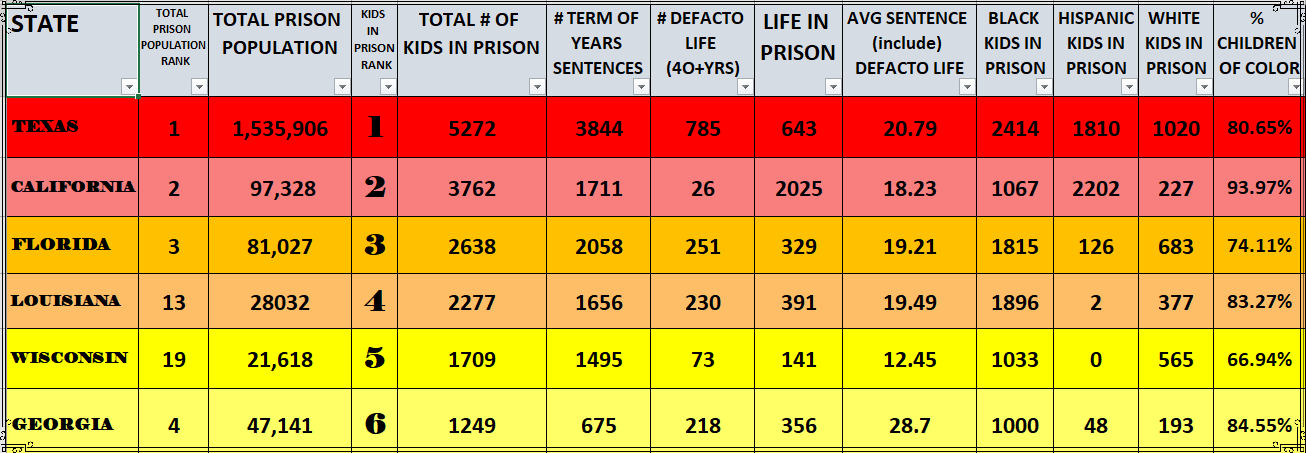
Youth incarceration remains a complex and concerning issue marked by disparities and systemic challenges.
Notably, California, Texas, and Florida emerge as the top three states with the highest number of youths incarcerated since childhood. This stark reality underscores the need for comprehensive reform efforts to address the systemic issues that contribute to the overrepresentation of young people in the justice system and policy changes aimed at fostering rehabilitation and ensuring a fair and just future for these youth.
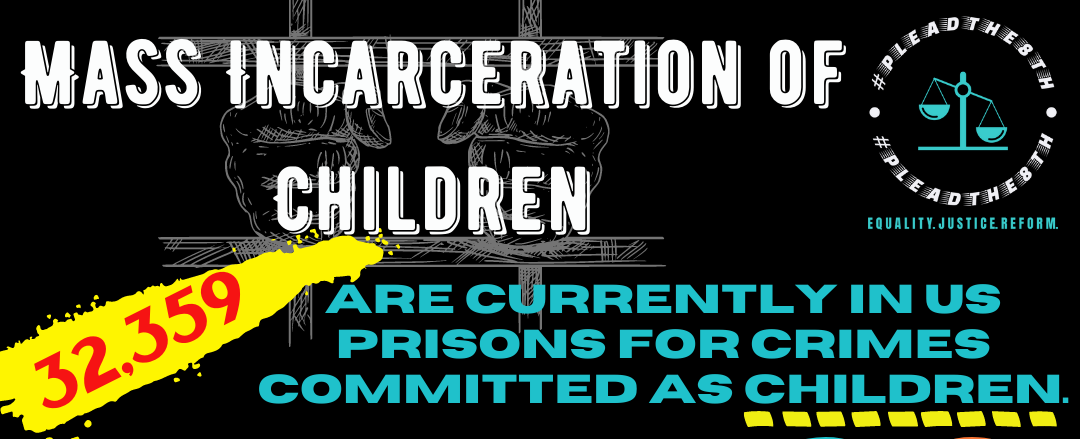
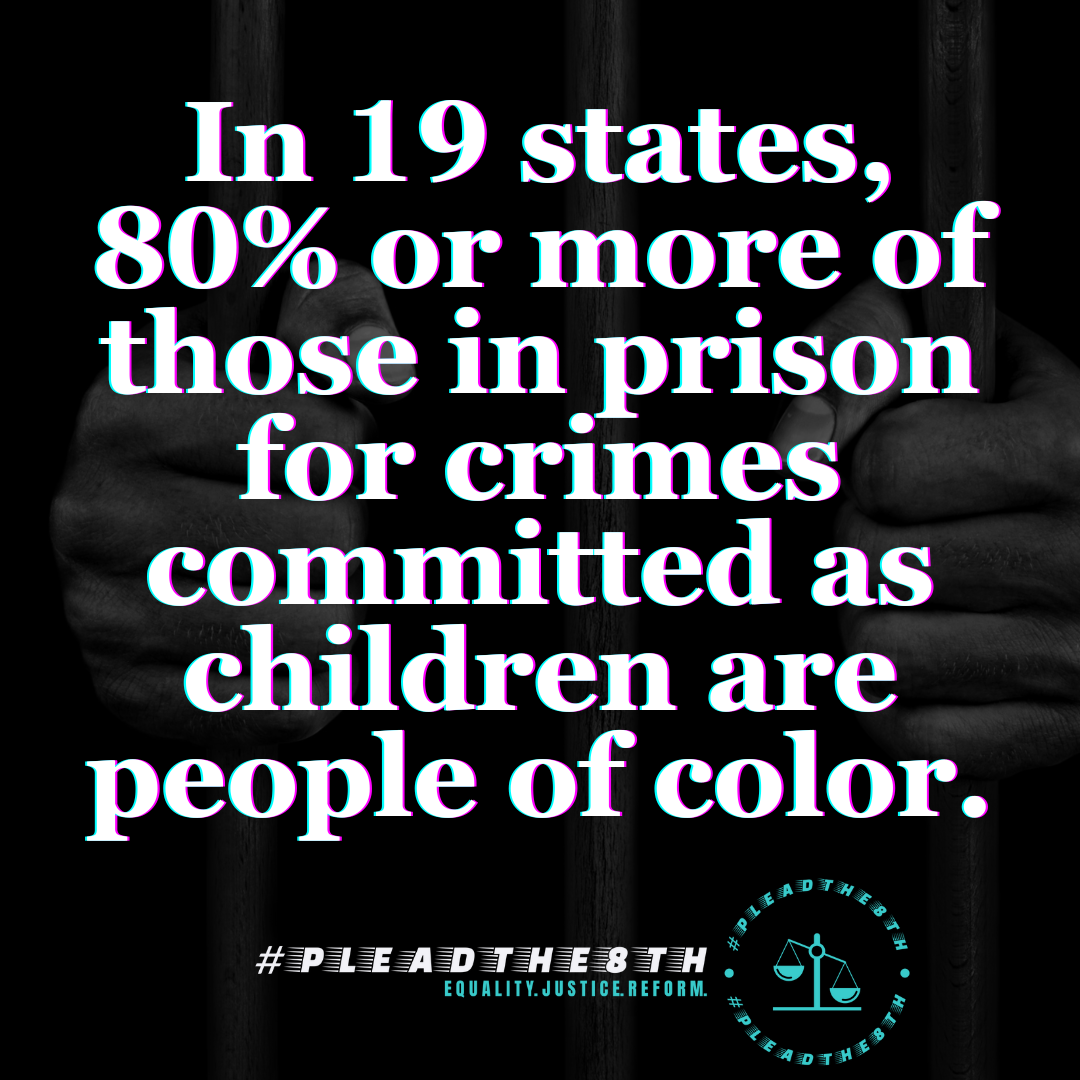
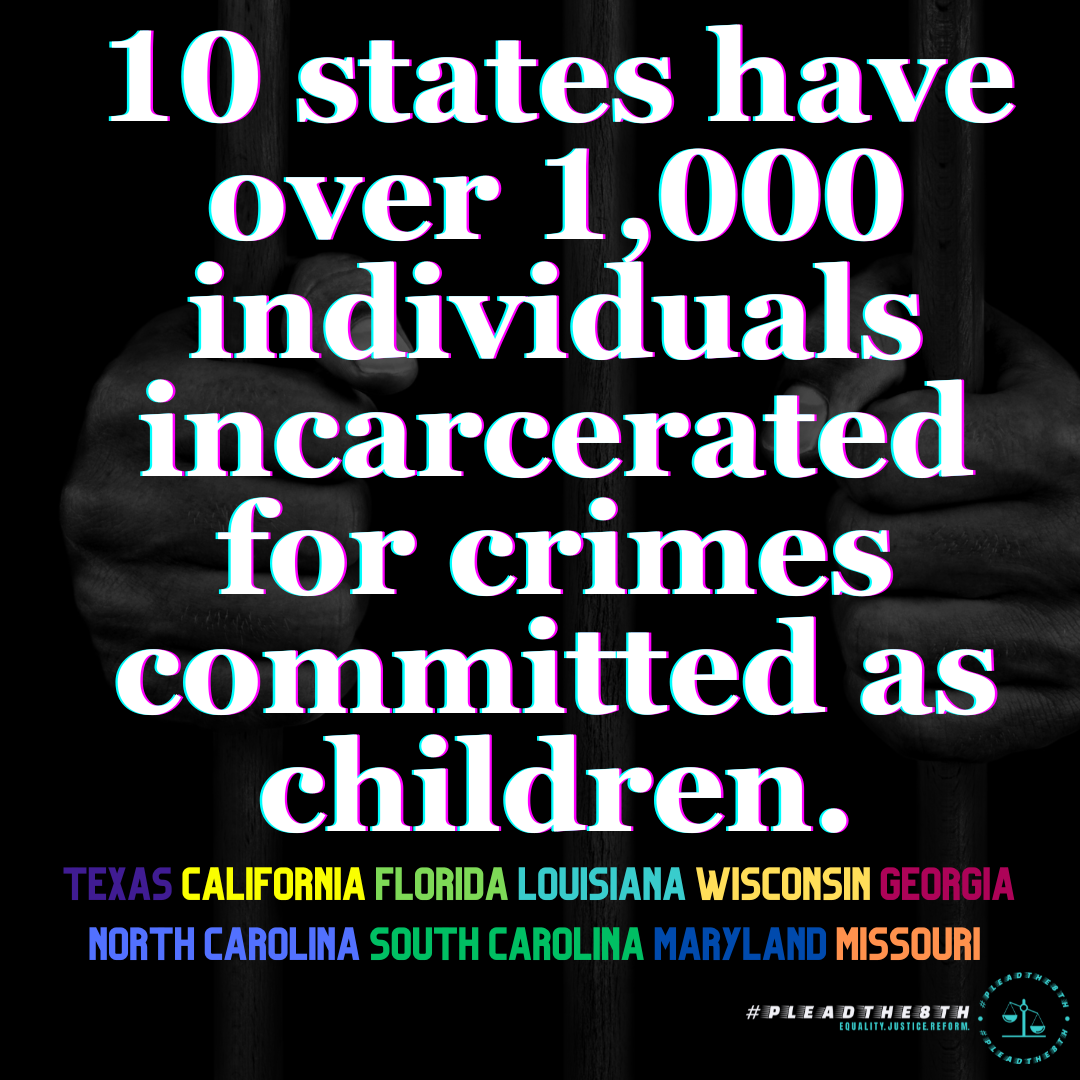
- More than 32,000 children - now adults – remain incarcerated in prisons across the country.
- Nationally, sentencing youth to adult prison declined from a high point of 77,835 in 1999 to 26,972 in 2017.
- Between 2000-2020, there has been a 77% decline in youth incarceration.
- Incarceration slows young people’s psychological maturation – exactly the opposite of what’s needed to foster positive behavior changes and promote desistance from delinquency.
- Evidence indicates that during adolescence the brain is still immature; adolescents are less able to regulate their behavior, they are more sensitive to external influences (such as peer pressure and immediate reward), and they show less ability to make judgments and decisions that require future orientation. Thus, accountability practices should not be carried over from criminal courts (which are designed for adult offenders) to juvenile courts.
- Data for 2021 shows the one-day count of youth incarcerated in the juvenile justice system nationally fell to 24,894 in 2021, a level roughly equal to the prior year and a 60% decline from 10 years ago.
- As the only UN member state that has failed to ratify the Convention on the Rights of the Child, the US falls far below internationally adopted standards.
- Children under no circumstances should be transferred to adult court according to international standards, yet all 50 states continue to try children as adults.
- A 2020 United Nations report revealed that the United States youth confinement rate is:
- 11 times higher than the rate for Western Europe
- 11 times higher than Asia
- 10 times higher than Eastern Europe
- 7 times higher than Oceania
- 4 times higher than Canada and Mexico
- 3 times higher than South America
- Adult jails and prisons are detrimental for children, as these facilities are designed for adults and are not equipped to keep children safe from the elevated risks of abuse and harm that they face inside them.
- 10 states – Texas, California, Florida, Louisiana, South Carolina, North Carolina, Georgia, Wisconsin, Maryland, and Missouri – have at least 1,000 people or more serving prison sentences for crimes they committed as children.
- A total of 696,620 juvenile arrests were made in 2019.
- 32% of the arrests were of youth under the age of 15.
- A 50-year sentence for a 16-year-old will cost upwards of $2.25 million.
- In May 2023, Minnesota became the 28th state (and the District of Columbia) to ban juvenile life-without-parole sentences.
- In 2023 alone, three states – Illinois, New Mexico, and Minnesota – banned the practice.
- An additional 9 states have no youth serving a life without parole sentence.
- To date, nationally over 1,000 individuals formerly condemned to die in prison have been released.
- It is far more expensive to lock individuals up than to invest in our schools and our communities. These sentencing practices don’t make us safer, and they deny youth who have demonstrated growth and maturity the chance to rejoin their families and communities.
- Of the approximately 2,800 children sentenced to life without parole prior to the Supreme Court’s decision in Miller v. Alabama, more than 73% are children of color.
- 61% of all children sentenced to life without parole have been Black despite making up roughly 10-13% of the U.S. population.
- Life and virtual life sentences in the United States found 1,465 people serving JLWOP sentences at the start of 2020.
- This number reflects a 38% drop in the population of people serving JLWOP since 2016 count and a 44% drop since the peak count of JLWOP figures in 2012. This count continues to decline as more states eliminate JLWOP.
- Young individuals have a substantial capacity for rehabilitation, but many states deny this opportunity: approximately 62% of people sentenced to life without parole as juveniles reported not participating in prison programs in large part due to state prison policies that prohibit their participation or limited program availability.
- Sentencing children to die in prison is condemned by international law.
- International human rights law flatly prohibits life without parole (LWOP) for children who commit crimes before the age of eighteen, a prohibition that is recognized and respected by almost every country in the world.
- 62% of children sentenced to LWOP are Black, despite only 13.6 percent of the American population being Black.
- Of the children sentenced to LWOP, 31.5% grew up in public housing.
- Only 46.6%—less than half— were attending school at the time of their offense.
- As much as 46.9% of the children were physically abused, and 79.5% of those reporting abusive histories identified as female.
- Another 77.3% of girls reported histories of sexual abuse.
- Racial disparities plague the imposition of JLWOP sentences. 62% of people serving JLWOP, among those for whom racial data are available, are African American.
- While 23% of juvenile arrests for murder involve an African American suspected of killing a white person, 42% of JLWOP sentences are for an African American convicted of this crime.
- White juvenile offenders with African American victims are only about half as likely (3.6%) to receive a JWLOP sentence as their proportion of arrests for killing an African American (6.4%).
- Nationally, it costs over $33,000 per year to house an average prisoner. This cost roughly doubles when that person is over 50.
- In 2012, Philadelphia had the largest number of juveniles sentenced to LWOP in the country (approximately 325). As of 2020, 269 lifers have been re-sentenced in Philadelphia and 174 have been released. After nearly the 2-year mark only two (1%) had new convictions.
- An estimated minimum $9.5M savings in correctional costs for Pennsylvania over the first decade of release of juvenile lifers.
- “Tough -on-crime" policies, including the criminalization of status offenses, drug offenses, petty crimes and low minimum ages of criminal responsibility, as well as widespread discrimination and corruption, contribute to a large number of children being deprived of liberty.
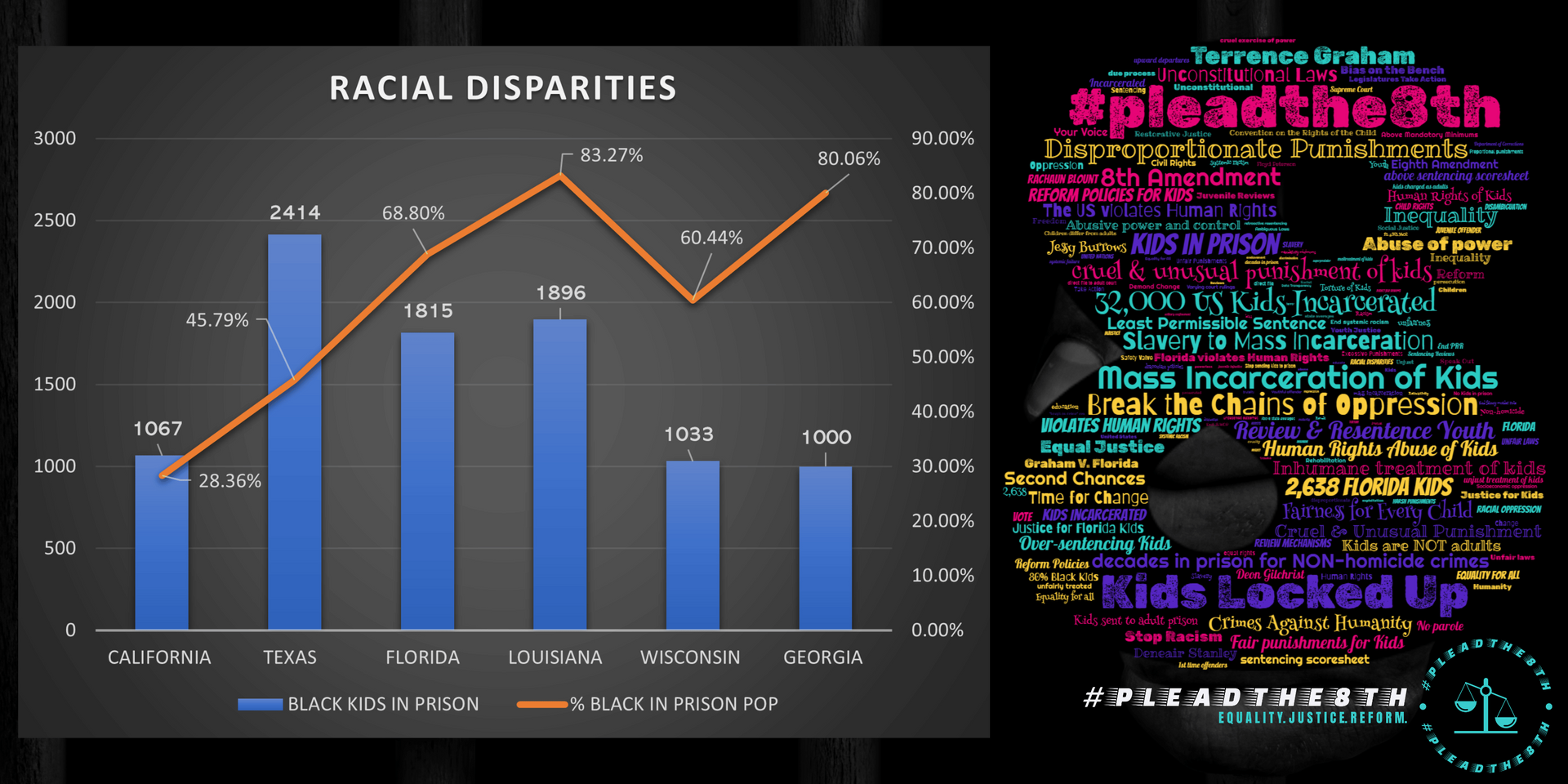
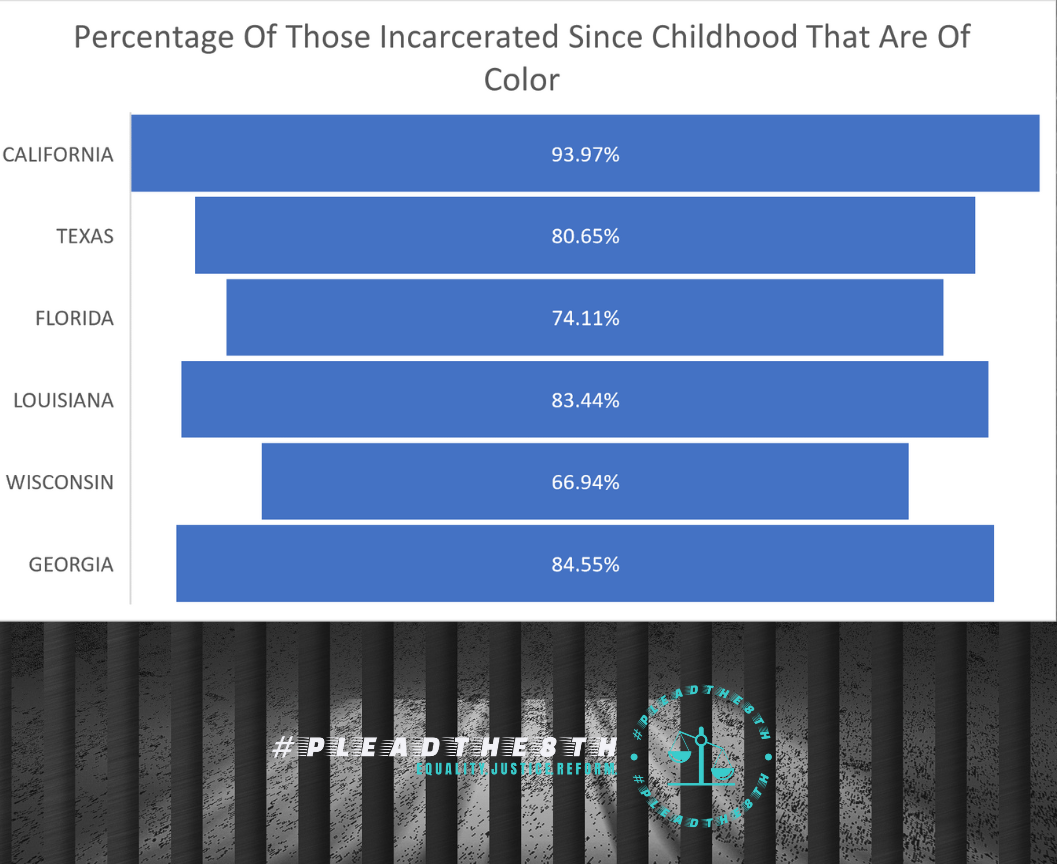
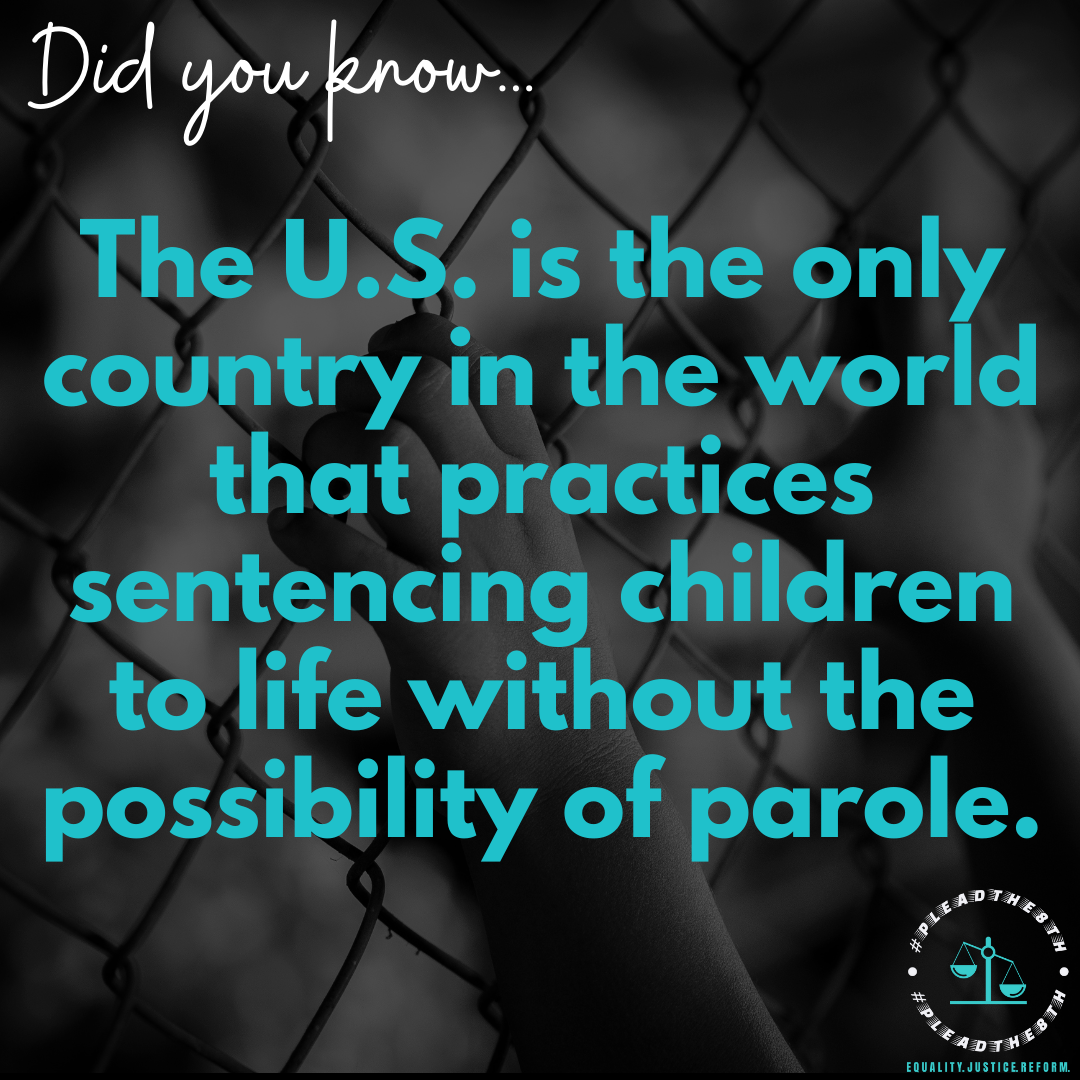
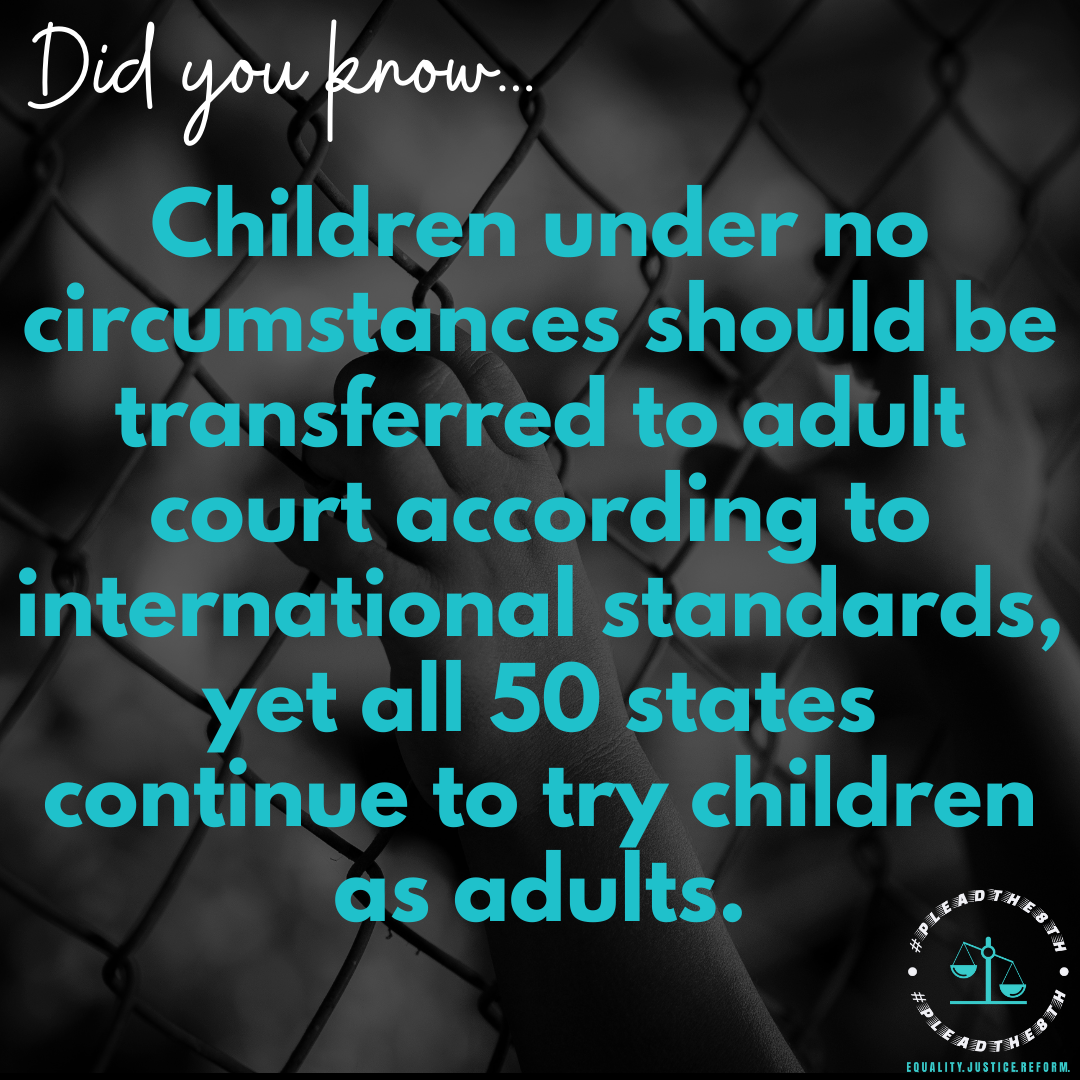
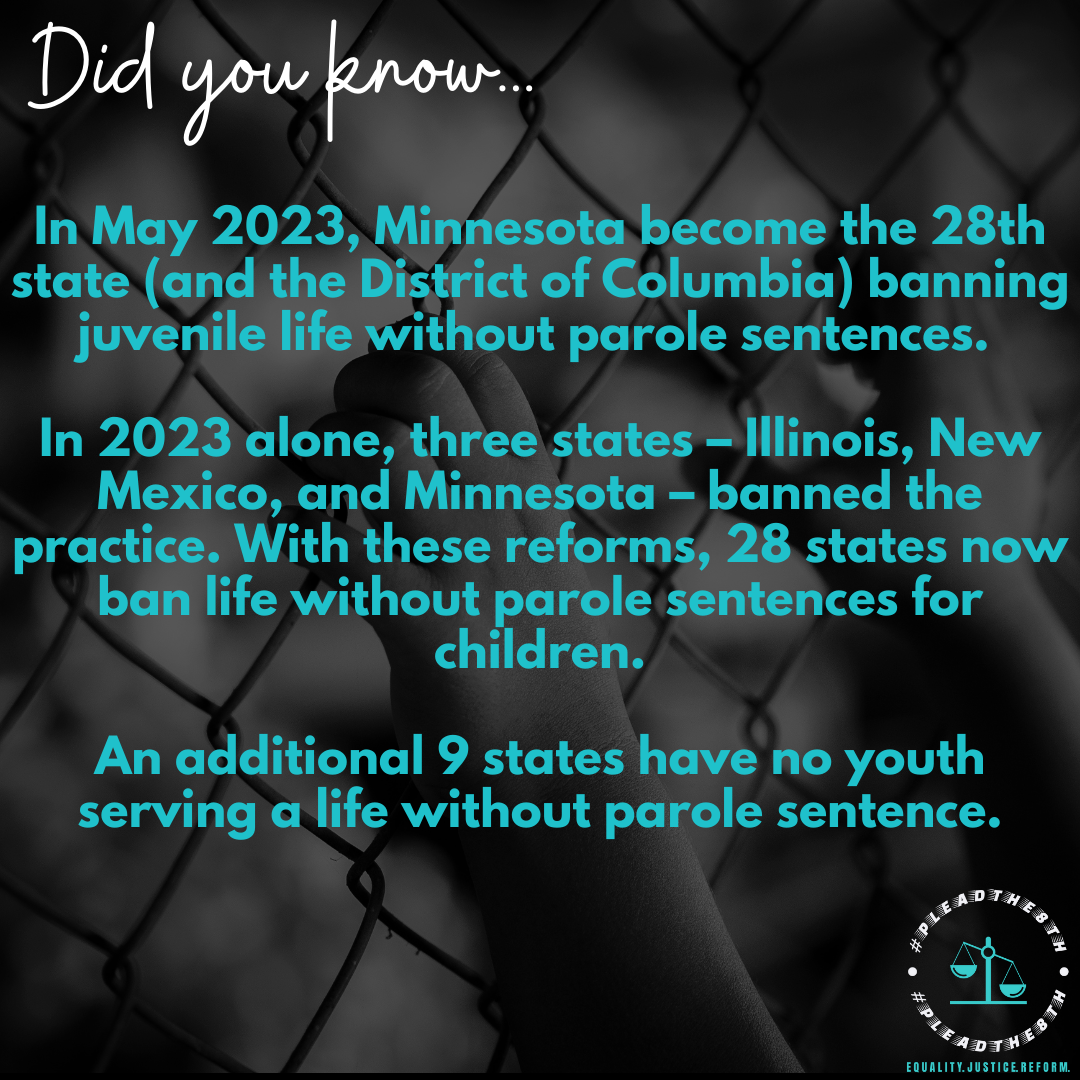
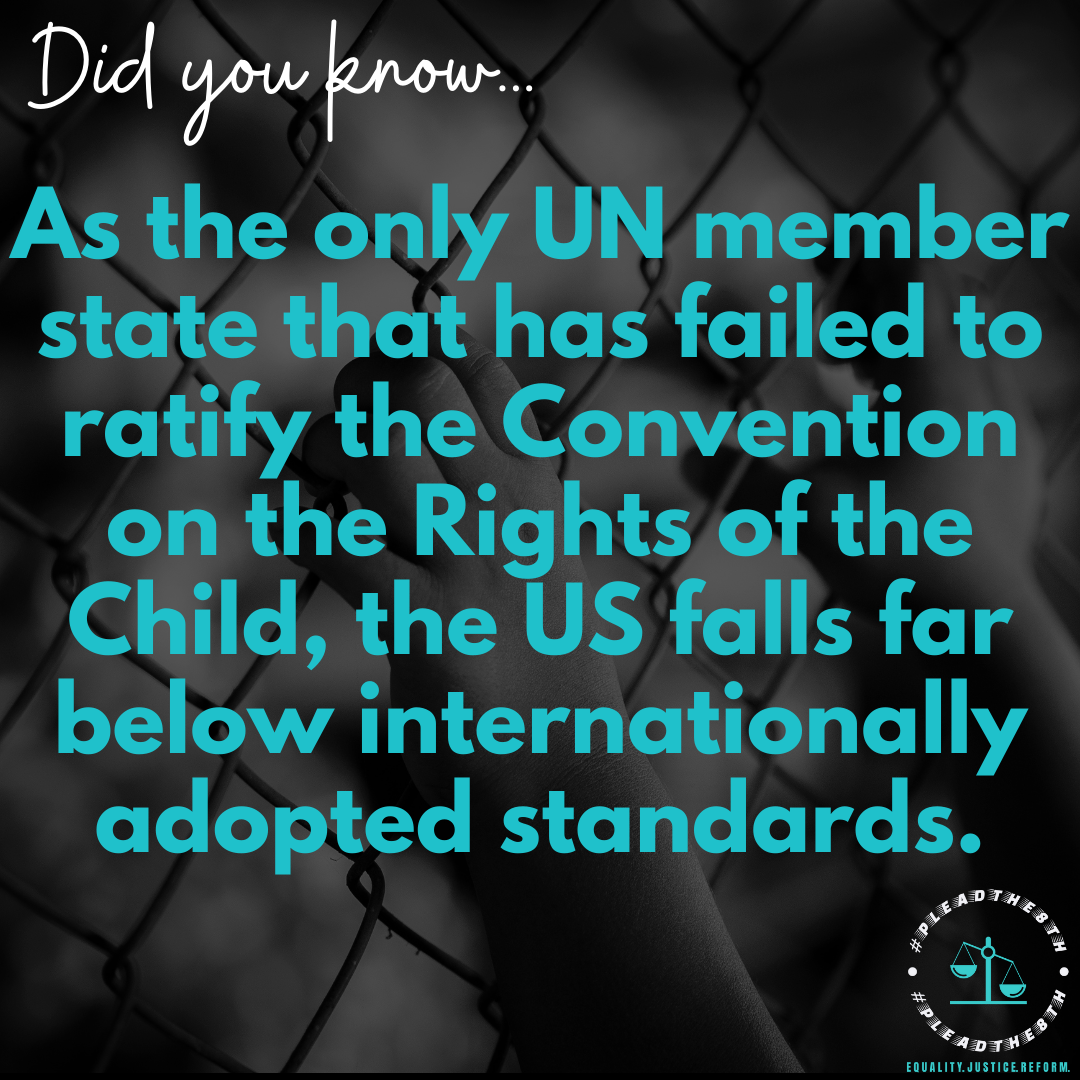
U.S. Supreme Court Precedents on Juvenile Sentencing
Review the critical precedents set by the U.S. Supreme Court that have shaped current juvenile sentencing guidelines and practices.
Graham v. Florida
This landmark decision emphasized the need for sentencing that reflects the lesser culpability of juveniles and their greater capacity for change, setting a precedent for reform in juvenile justice across the United States.
